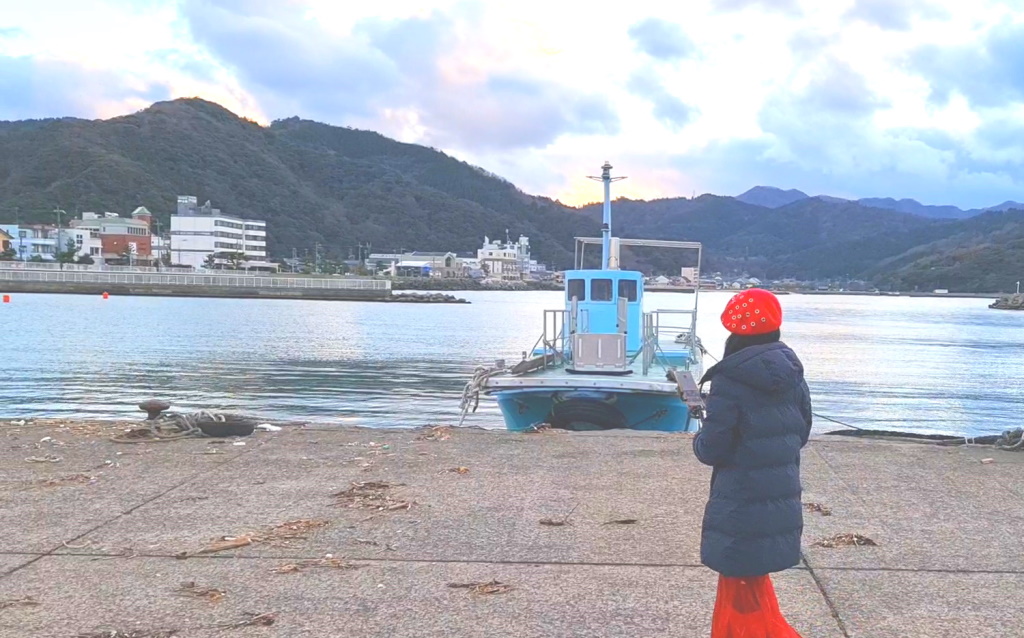Our 5th day of self-drive in Japan was moving to an outskirt area, away from Kyoto. The first city we are going to explore is Toba then followed by Gifu and Obama. In each city, we will stay one night.
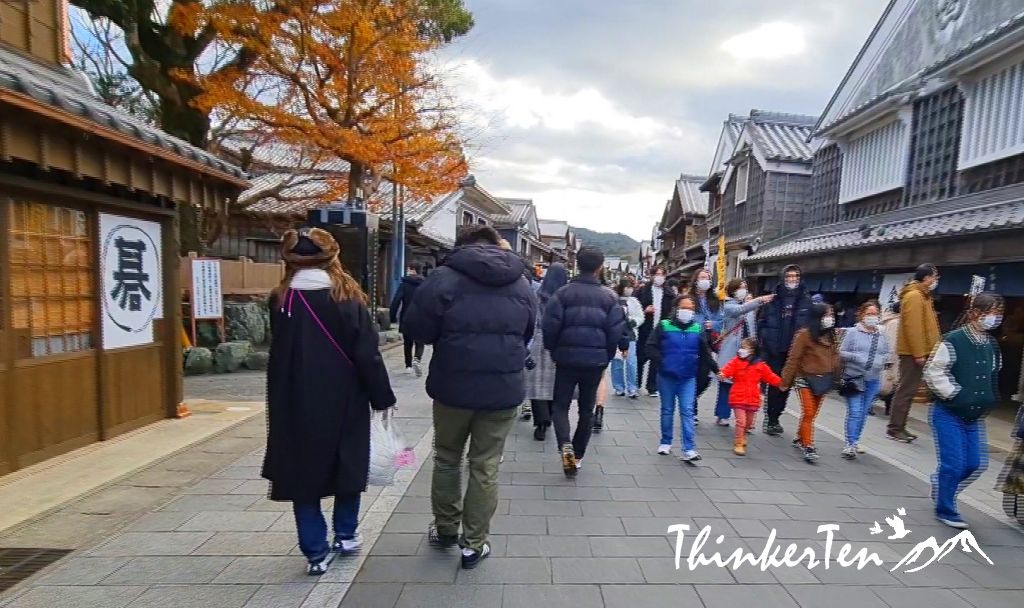
On the way to Toba, we dropped by one of the famous attractions Okage Yokocho Ancient Street. It is about 110km away from Kyoto, which takes you about 2-3 hours to arrive.
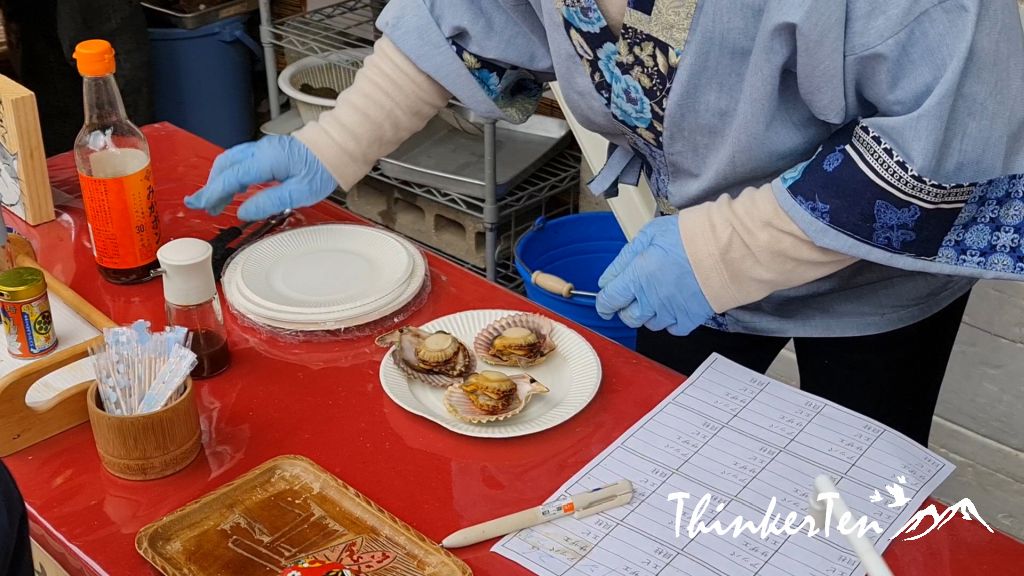
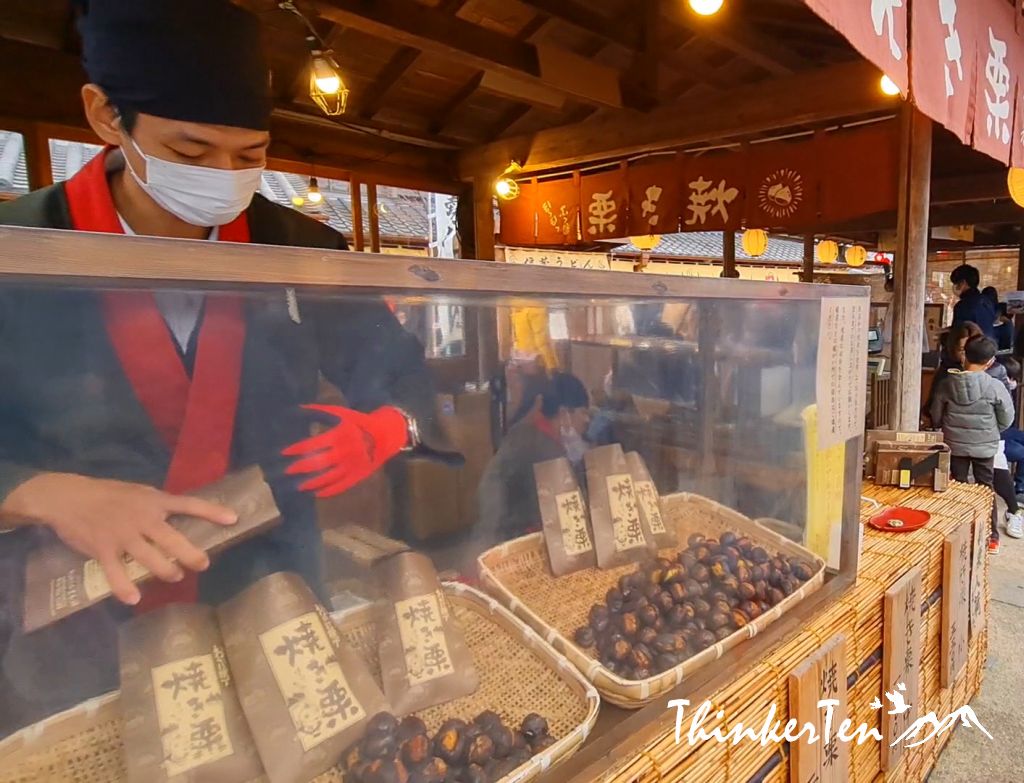
Okage Yokocho Ancient Street is located in Ise, Mie Prefecture, Japan. The street is part of the Ise Grand Shrine complex, one of the most important Shinto shrines in Japan. The Ise Grand Shrine is located in the eastern part of the city, and Okage Yokocho Ancient Street is located just outside the shrine’s main entrance, known as the Uji Bridge. The street is a popular tourist destination that offers visitors a chance to experience traditional Japanese culture and cuisine, with shops and restaurants selling local specialties such as Ise udon noodles, akafuku mochi, and other regional snacks and souvenirs.
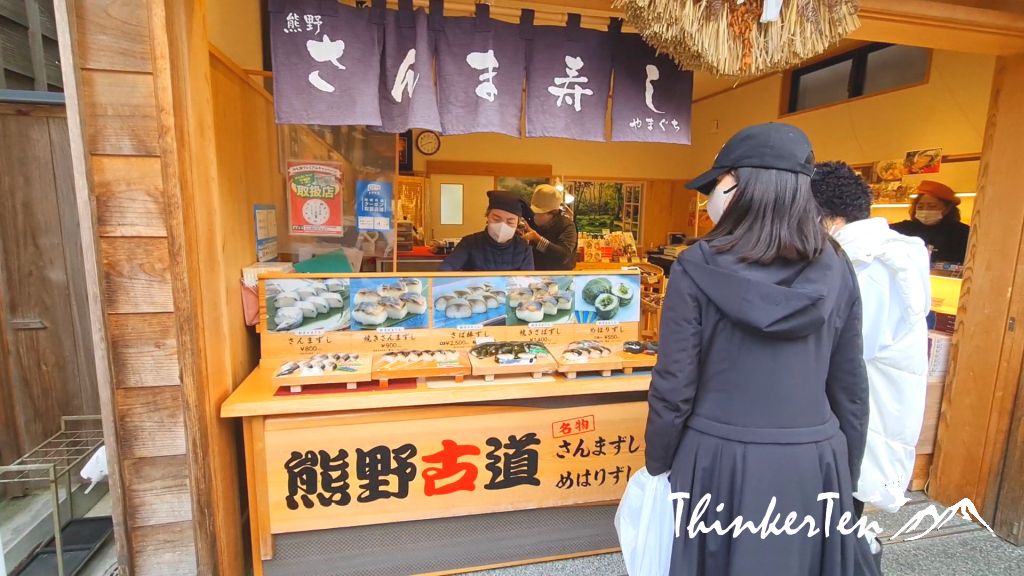
It was a Sunday that we explored the ancient street, full of people from the nearby city. Many of the stores are filled with long lines for food. Some of the must-try food is
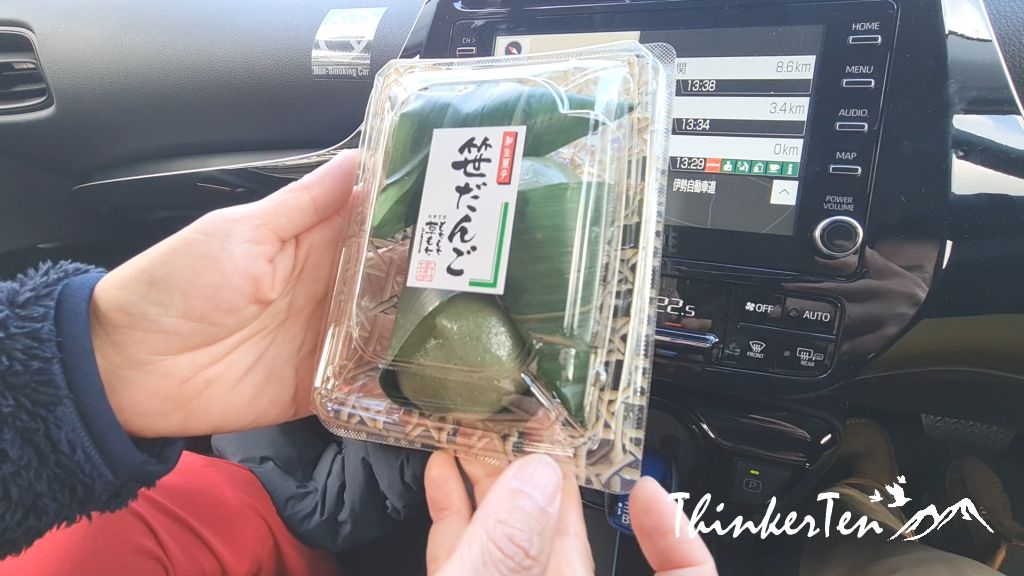
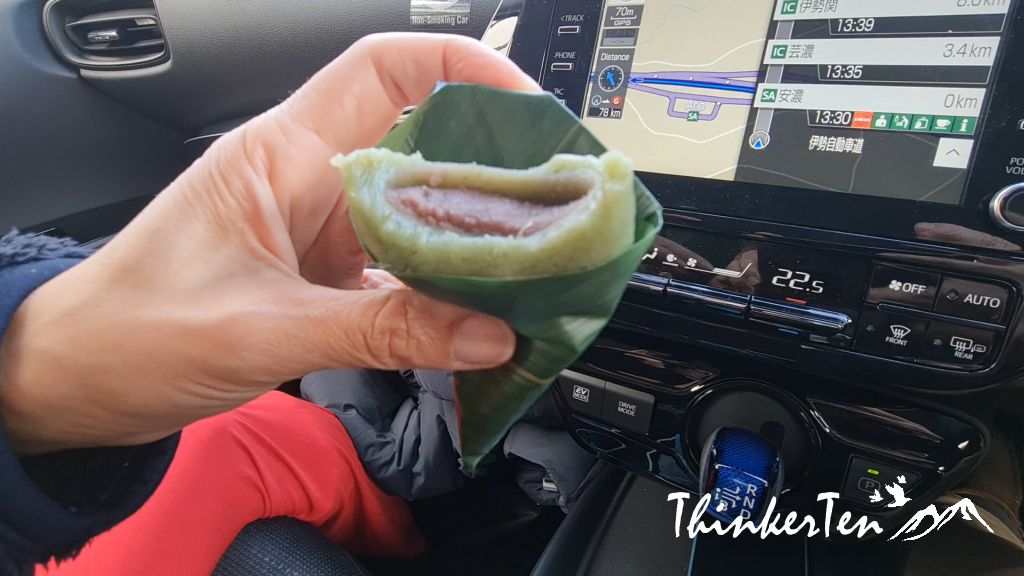
Akafuku Mochi: This is a traditional Japanese sweet made from glutinous rice cake covered in sweet red bean paste. Akafuku is one of the most famous and beloved souvenirs of Ise.
Ise Udon: This is a thick and chewy udon noodle that is a specialty of the Ise-Shima region. It is typically served in a hot broth with various toppings. Well, the line to the chewy udon was super long, at least an hour before you get your turn.
Tekone Zushi: This is a type of sushi that is made with diced and marinated fresh tuna, and served on top of a bed of sushi rice.
Ise Ebi: This is a local variety of spiny lobsters that is known for its rich and sweet flavor. It can be enjoyed grilled, boiled, or sashimi.
Matsusaka Beef: This is a premium brand of beef that is known for its high-quality marbling and tender texture. It is often served as steak or in hot pot dishes.
Meharizushi: This is a type of sushi that is unique to the Ise region, made with pickled mackerel and sushi rice, wrapped in pickled mustard leaves.
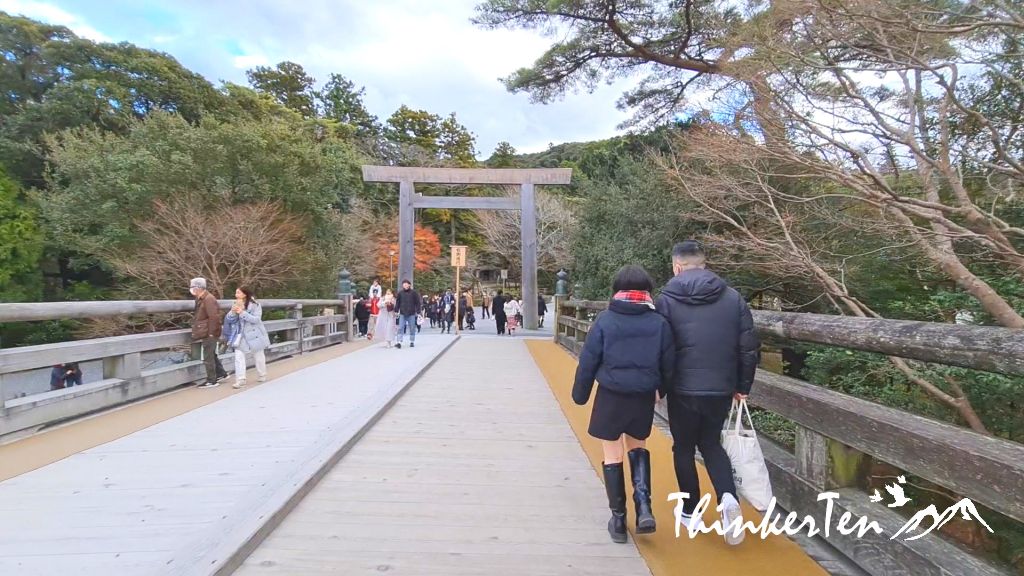
It was year-end when we visited Okage Yokocho Street because the ancient street is located near an important Shinto shrine called Ise Grand Shrine. It was crowded with cars and people. Luckily we managed to park in one of the multi-story car parking buildings and only have to walk for 5 mins to reach the ancient street.
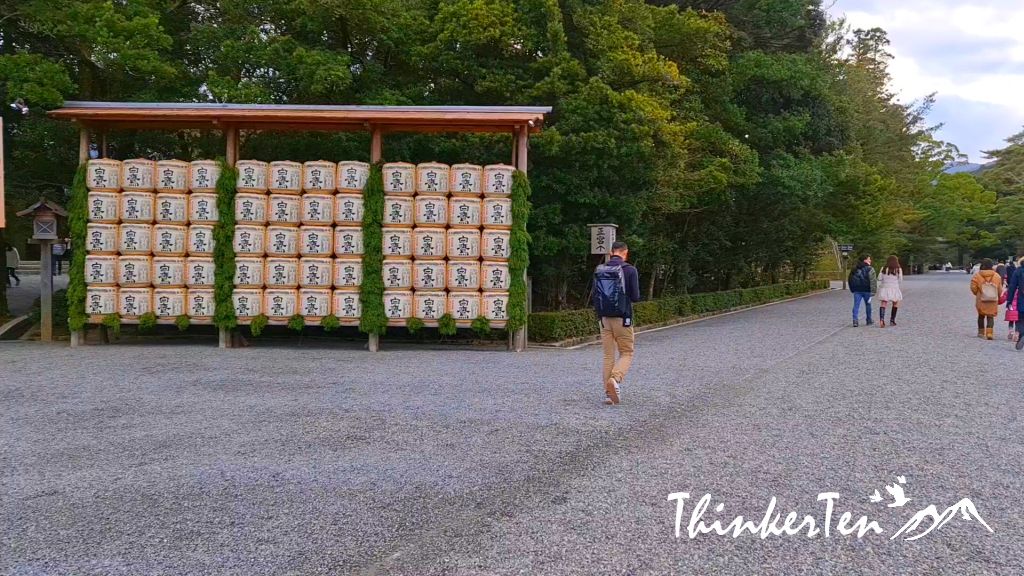
The shrine is dedicated to the sun goddess Amaterasu, who is believed to be the ancestor of the Japanese imperial family and a central figure in Shinto mythology. The Ise Grand Shrine has a long and rich history, dating back over a thousand years. The Shrine is pretty basic but you feel the ancient vibes there.
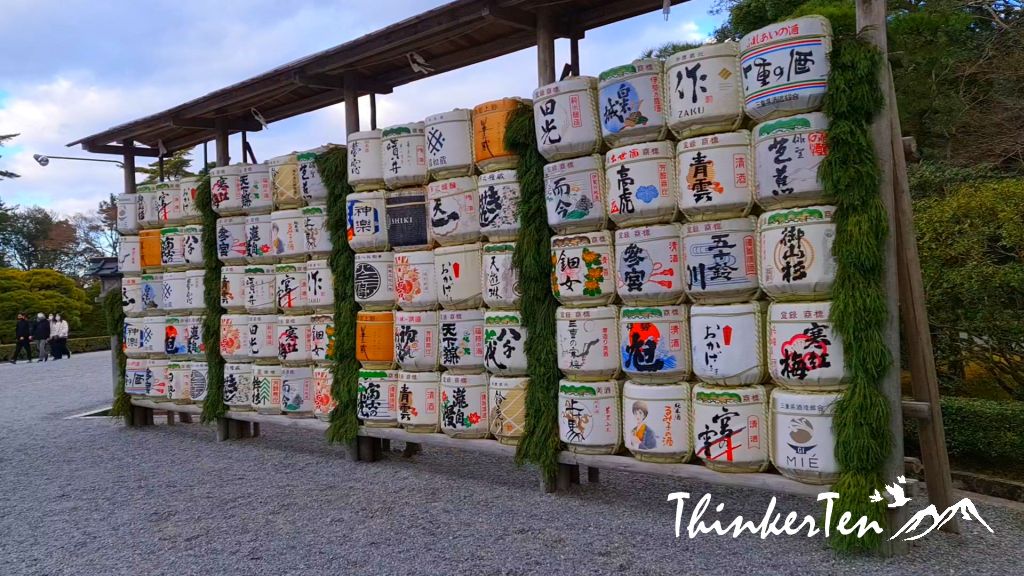
In Japan, visiting Shinto shrines during the year-end period is a popular and longstanding tradition known as “Hatsumode” or “the first visit of the year”. This is typically done between New Year’s Eve and the first few days of the New Year.
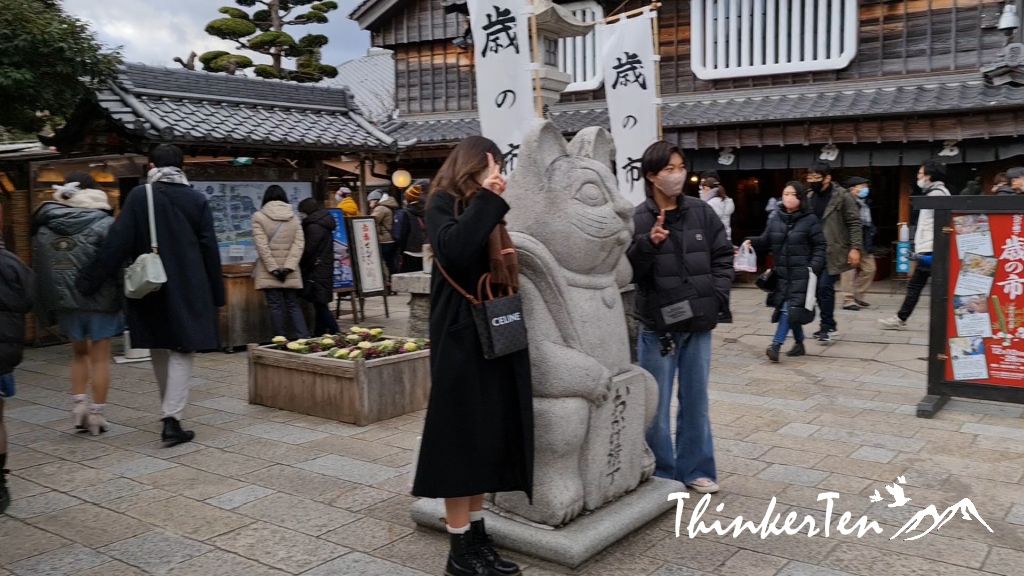
Many people who wanted to avoid the crowds on the first day of the New year would come to visit the Shinto a few days earlier. They visit shrines to offer prayers for good health, success, and other blessings for the upcoming year. They may purchase omamori (protective amulets) or ema (votive tablets) to write their wishes on and hang them at the shrine.
That’s the reason why Okage Yokocho Street is full of people. Well, Okage Yokocho Street was created in the 1990s as a way to preserve and celebrate the traditional culture and cuisine of the Ise region. It was designed to resemble a traditional Japanese street from the Edo period, with shops and restaurants offering local specialties and traditional crafts. You can see ancient buildings line up on both sides of the streets and they are great for photography.
Since this place is famous for its seafood, the oyster is another highlight here. The Ise-Shima region is known for its fresh and delicious oysters, which are harvested from the nearby Ago Bay.
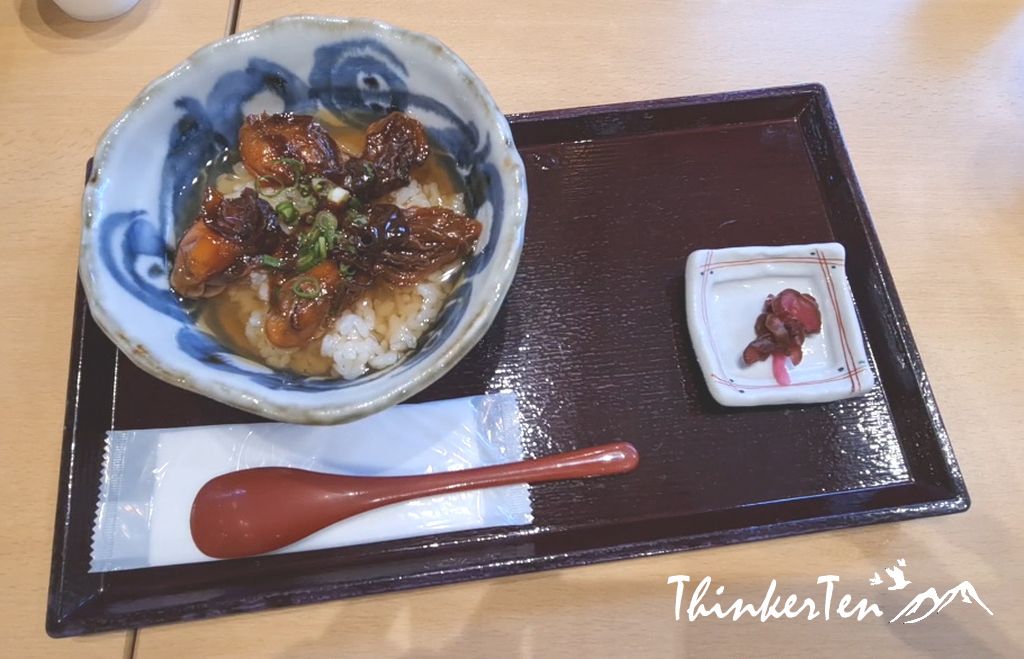 The oysters are grilled, raw, or tempura deep fried. You can order oyster rice bowl, fresh oysters are served on top of a bed of rice with their signature sauce to enhance the flavor. Oyster curry is another interesting combination you may want to try. You can hardly find any curry Oysters in Japan except here in the Ise-Shima region.
The oysters are grilled, raw, or tempura deep fried. You can order oyster rice bowl, fresh oysters are served on top of a bed of rice with their signature sauce to enhance the flavor. Oyster curry is another interesting combination you may want to try. You can hardly find any curry Oysters in Japan except here in the Ise-Shima region.
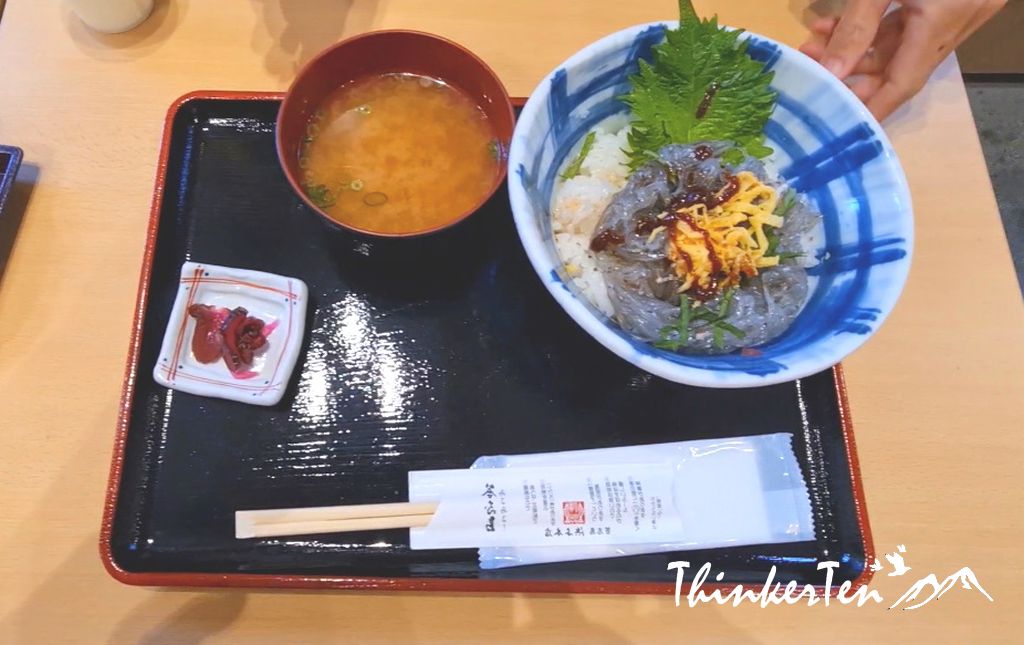
We also tried out one of the famous dishes here called Shirasu don. Shirasu is a type of small whitebait fish that is commonly caught in the waters around the Ise-Shima region, particularly in the nearby Mikimoto Pearl Island. The fish is typically boiled or lightly grilled before being served on a bed of steamed rice. The dish is often accompanied by toppings such as green onions, nori (dried seaweed), and soy sauce.
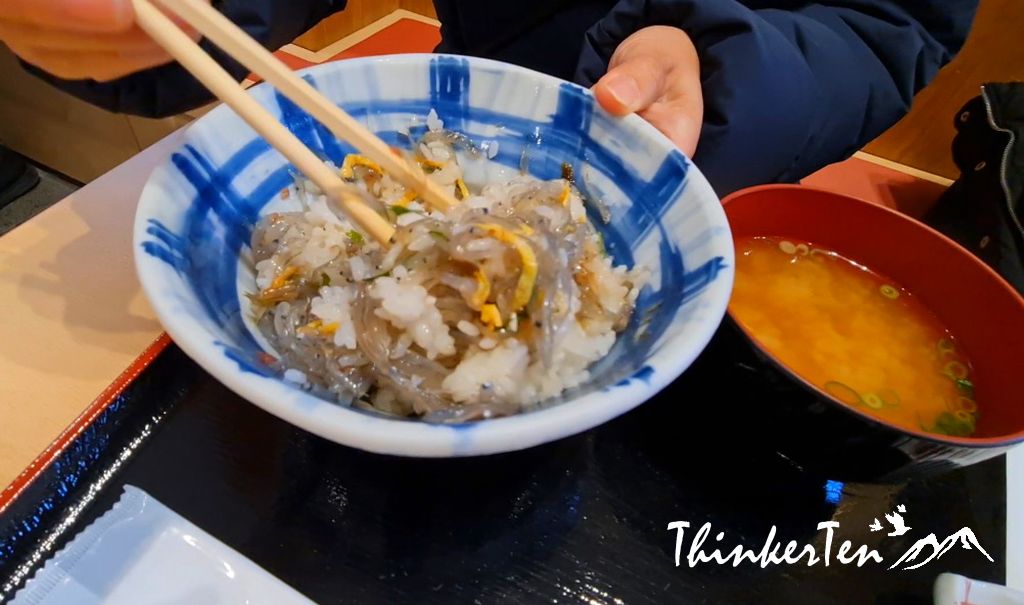
Shirasu-don is a simple yet delicious dish that showcases the fresh and flavorful seafood of the Ise-Shima region. Our Shirau white small fish are raw but very fresh, with added sauces and nori and onion, it was pretty appetizing.
You can spend half a day to a whole day exploring these places, including the nearby Ise Grand Shrine.
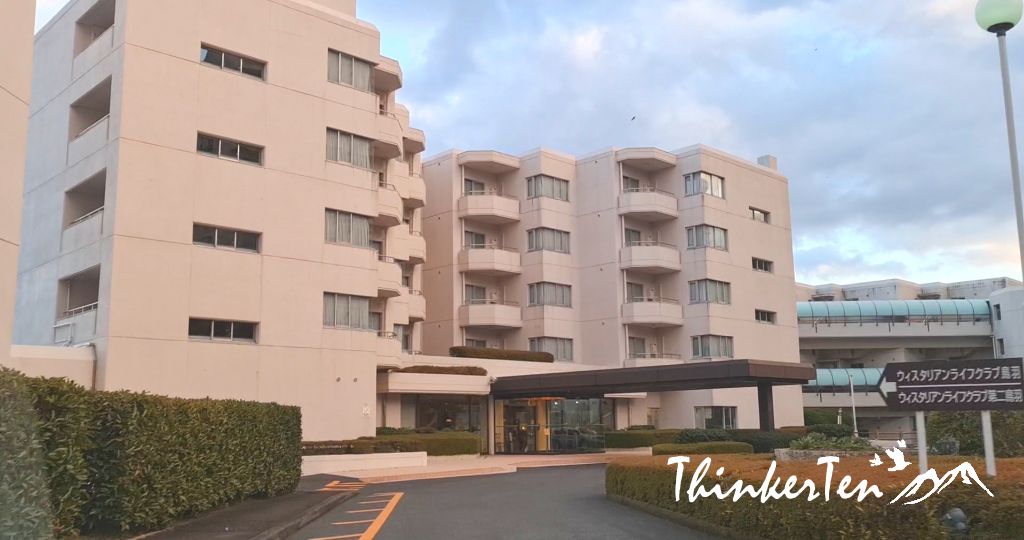
Where to stay? Wisterian Life Club Toba
Next, we moved to Toba and check in to our hotel called Hotel Wisterian Life Club Toba. It was about 20km away from Ise Grand Shrine. The hotel provides accommodation with a garden, free private parking, and a shared lounge.
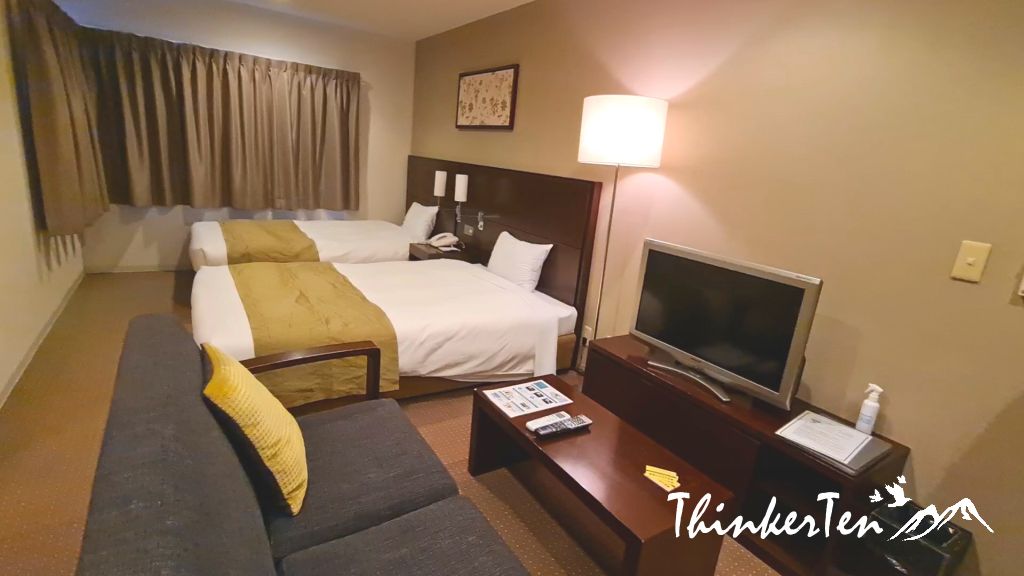
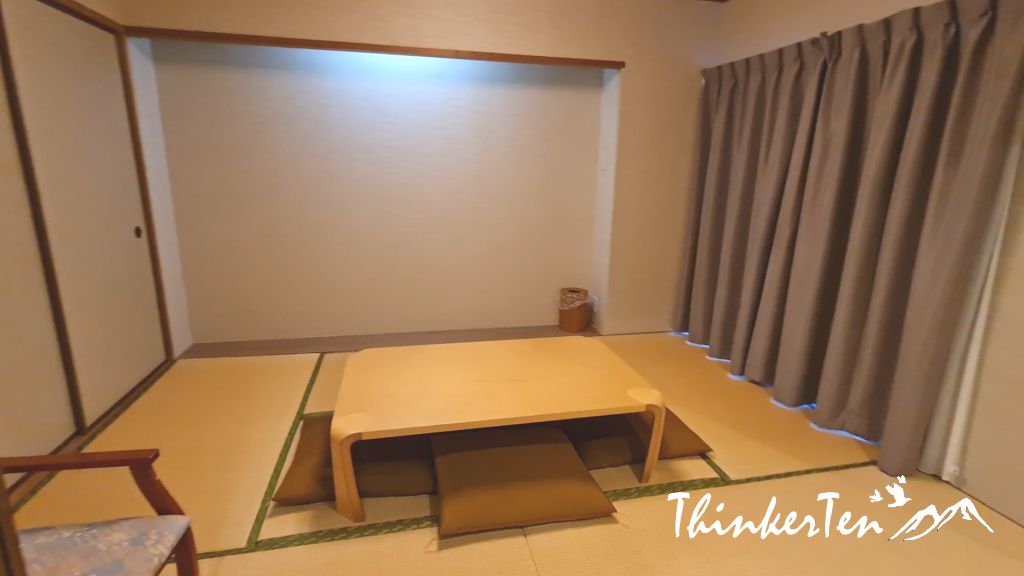
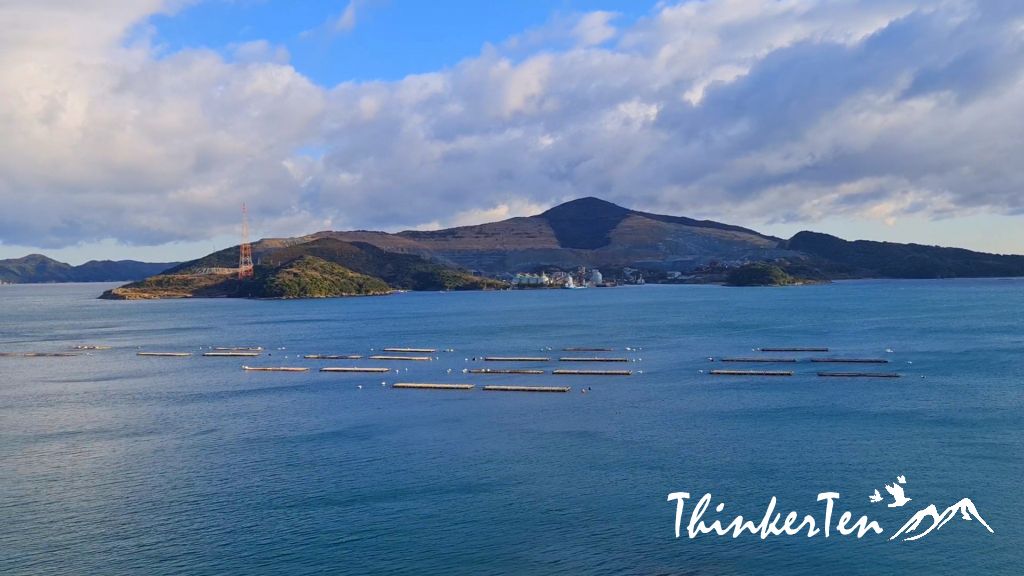
It was a low season during our visit in December, so we didn’t see many guests. The bedroom was spacious and the best part is the view. You have a panoramic view of the sea. There are 2 beds and an extra futon where you can place in the tatami if you have more than 2 pax. The hotel provides dinner in bento boxes. It was a big bento with lots of variety of seafood and meat. Well, we had our bento for our dinner in yukata provided in the room and sit on the tatami. It was a relaxing night with delicious bento set. The room also has a microwave to heat up the bento and a kettle for hot water for the soup.
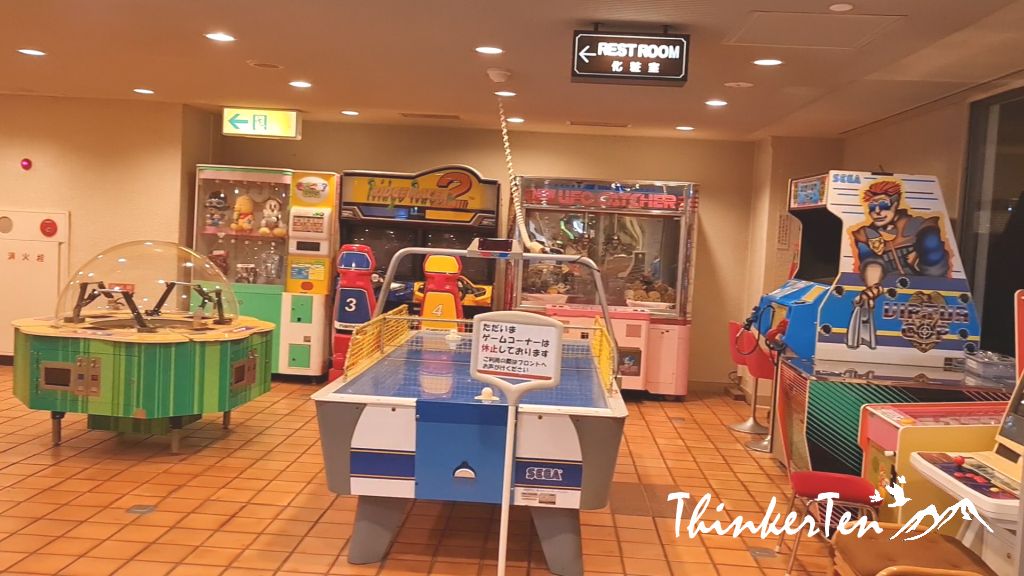
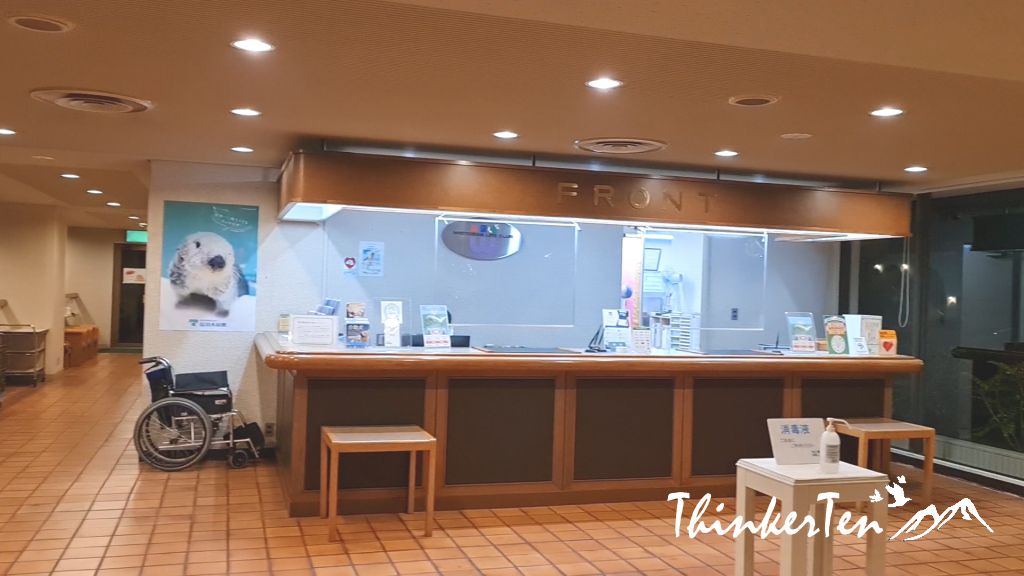
The bathroom is pretty spacious and it provides you with a little stool to sit on and scrub your body, just like the Japanese style of bath. Breakfast was included as well but it was in the bento set, the portion is smaller than the dinner bento set but still pretty appetizing. It was a Japanese breakfast with rice and miso soup, seafood, and Japanese pickles.
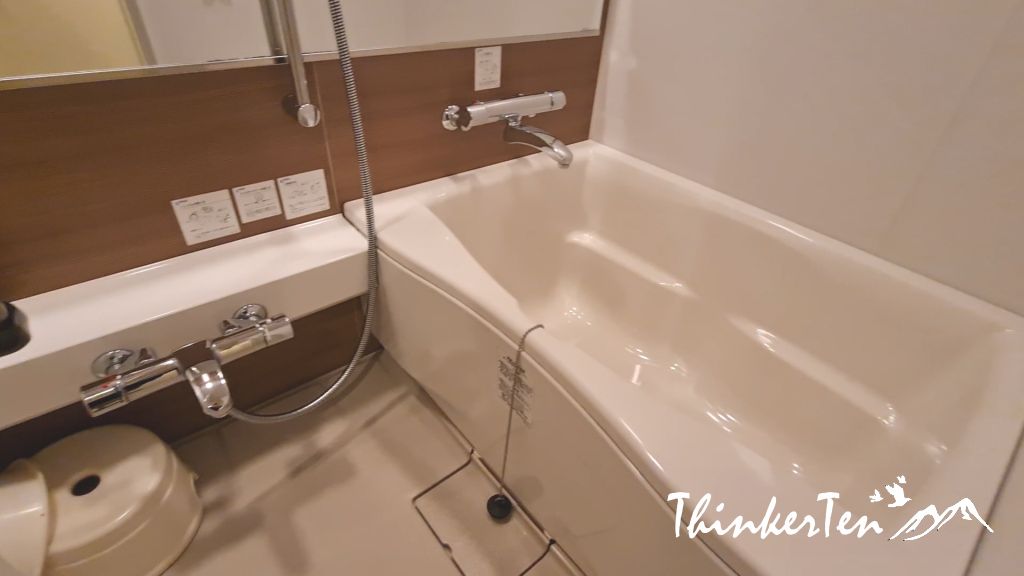
Dinner Bento set with sashimi
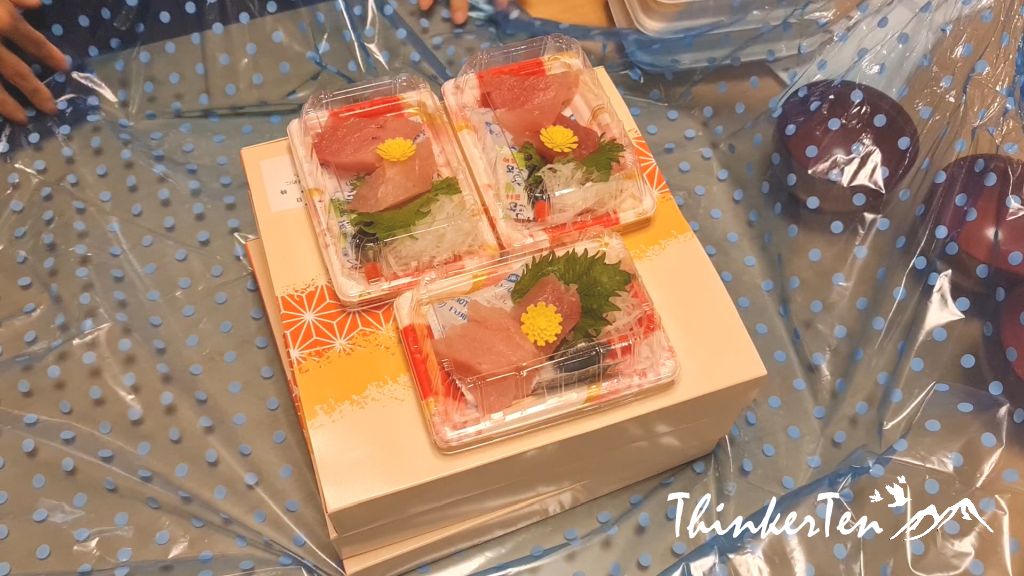
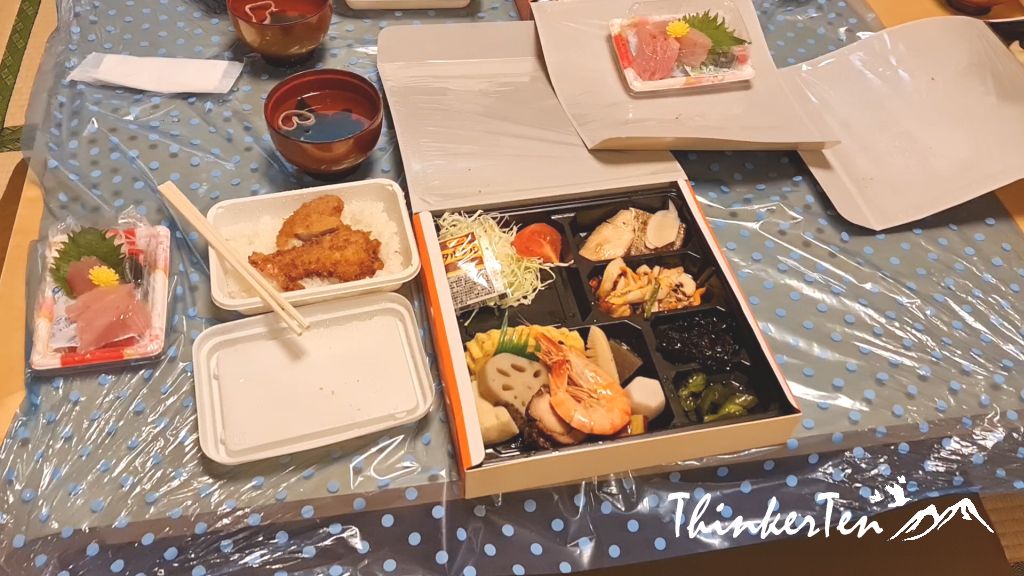
Breakfast Bento
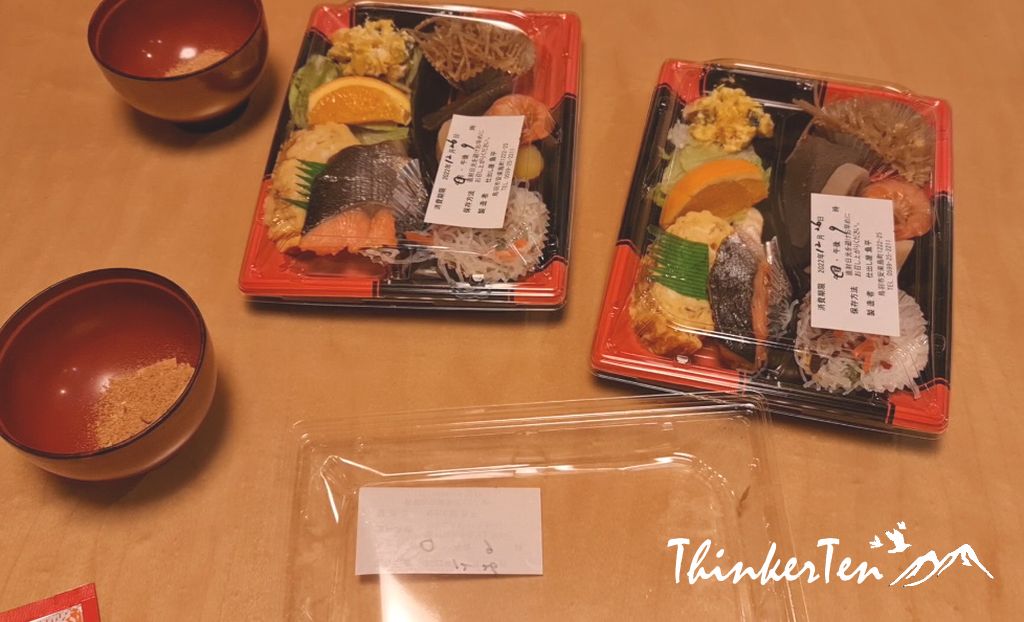
The nearby attractions are Toba Aquarium, Mikimoto Pearl Island, Futami Sea Paradise, Shima Spain Village and Toba Bay Cruise.
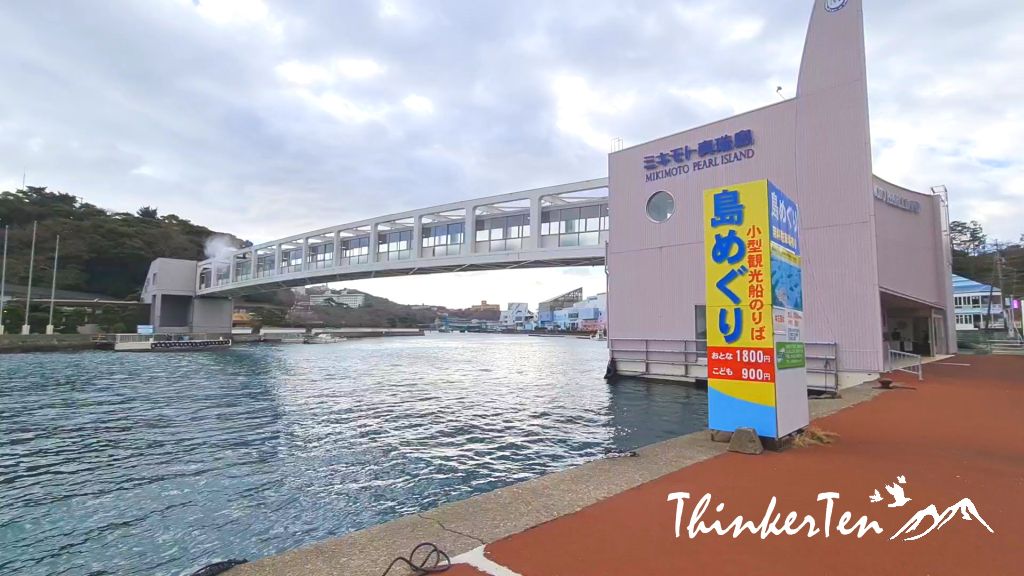
Mikomoto Pearl Island on Day 6
Well, we went to Mikimoto Pearl Island and the museum first thing in the morning after we check out from the hotel. There is a fee to enter the museum and to watch the Ama divers collect pearls from the water. It was freezing cold in the month of December to see 2 Ama female divers jump into the sea without using any diving equipment, relying only on their breath-holding ability and skillful techniques to collect the pearl. It was a 10 min performance to witness Ama divers in action as they dive for pearls in the freezing cold seawater.
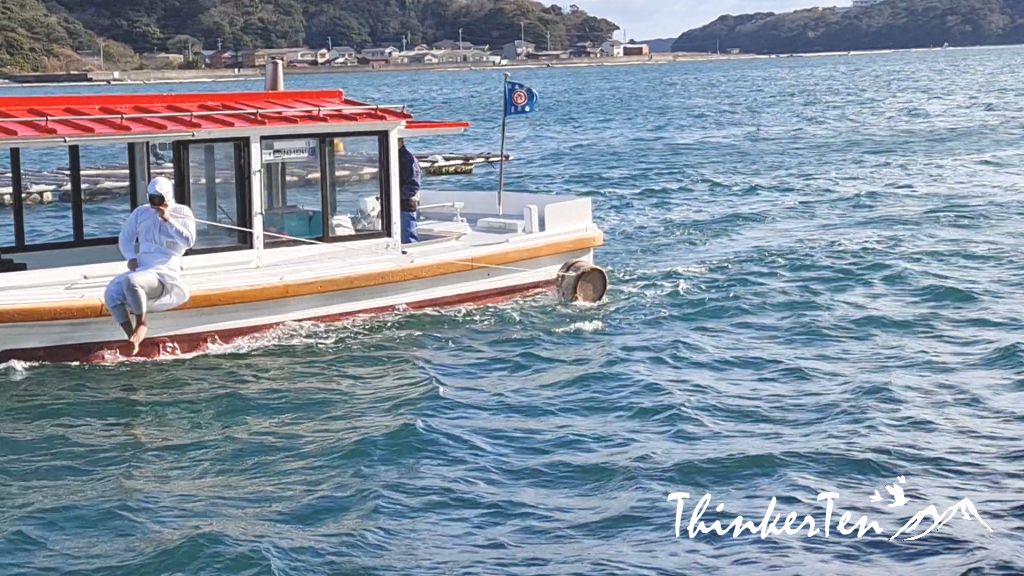
There are time schedules for the Ama female divers so please check the time.
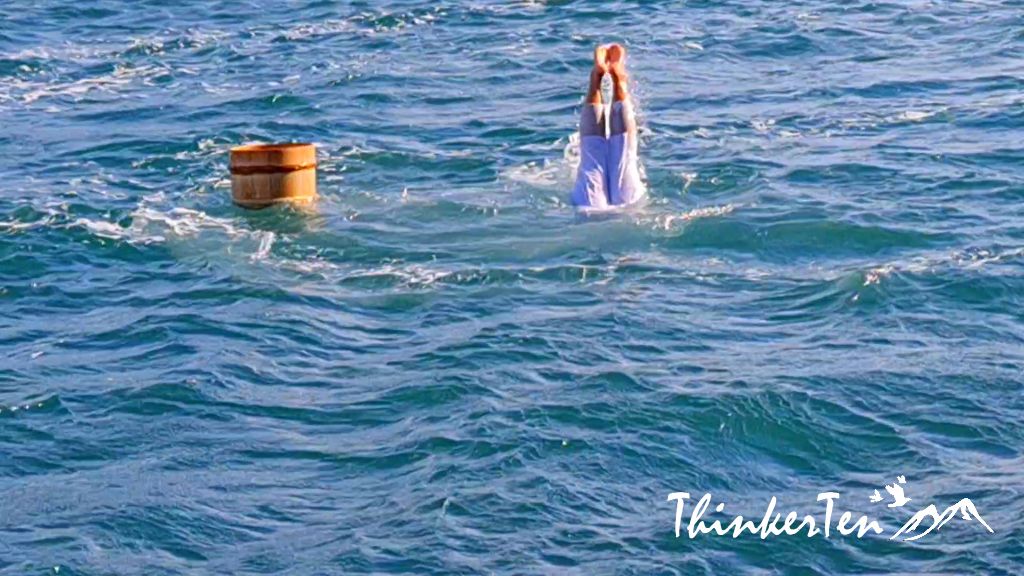
The Mikimoto museum provides the history and culture of Ama diving in Japan as well as the culture of pearl cultivation. I’ve been to several pearl factories, in Vietnam and China but the Mikimoto Museum has very comprehensive knowledge about cultured pearl history and the making of pearls. It was founded by Mr. Kokichi Mikimoto, there is a huge statue just right outside the museum. It took about half an hour to an hour to complete the museum. There is also a shop selling pearls next to the pearl museum.
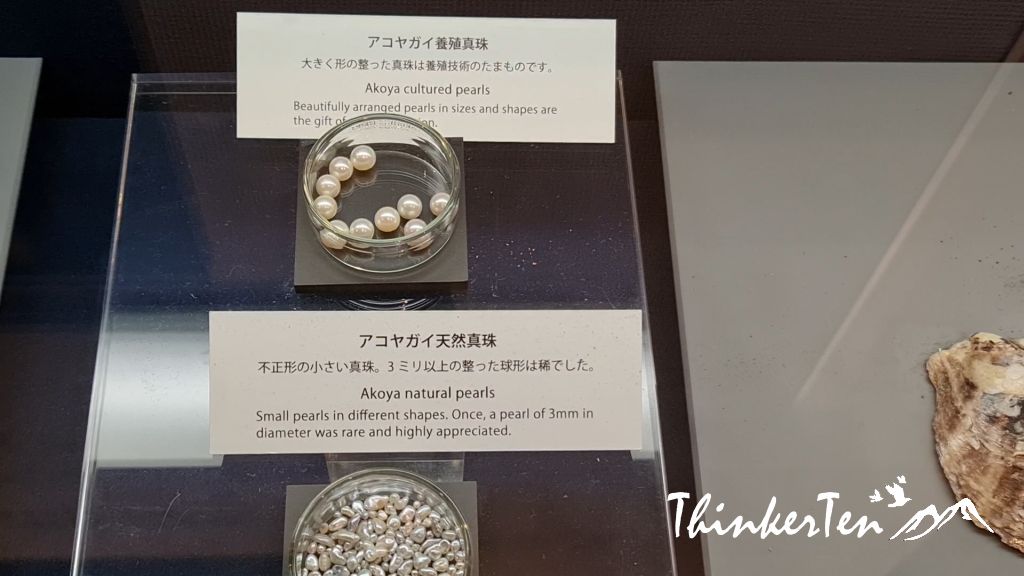
Lunch at Japan highway rest area
Our lunch was taken in the highway rest area on our way to Gifu city.
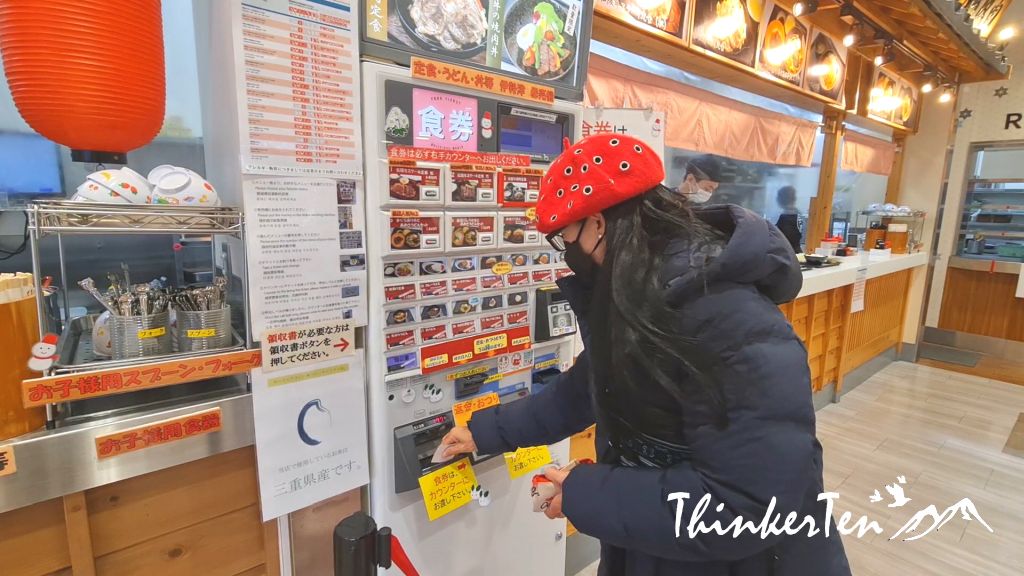
Japanese highway rest area, also known as “service area” or “rest stop,” is a place where drivers can take a break, use restroom facilities, and purchase food, drinks, and other supplies while traveling on the highway. Japanese highway rest areas are often well-maintained and offer a variety of amenities, such as restaurants, convenience stores, souvenir shops, and play areas for children. Some rest areas also offer services like showers, laundry facilities, and pet-friendly areas. In addition, many rest areas in Japan feature scenic views and are designed to provide a comfortable and relaxing atmosphere for travelers.
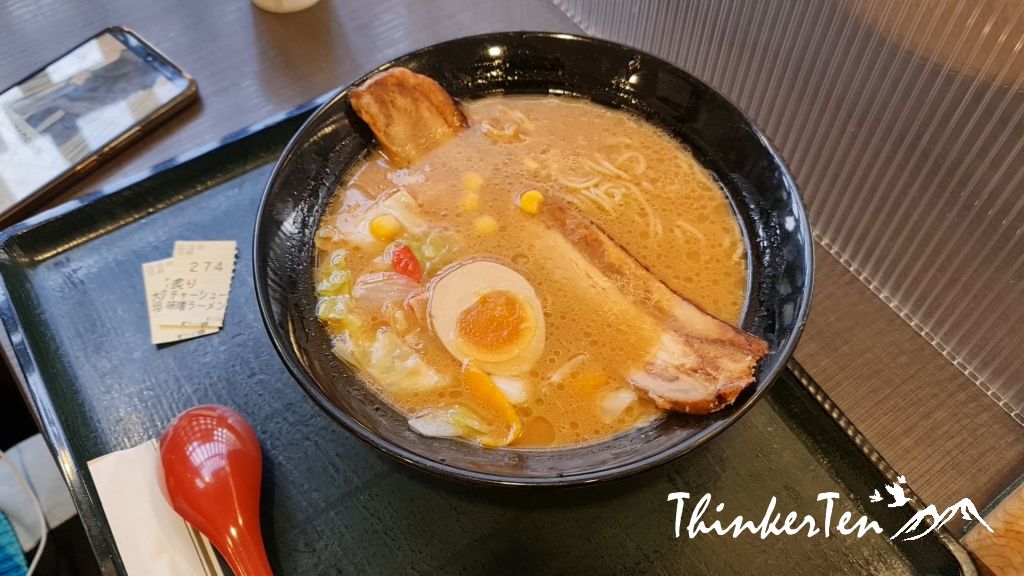
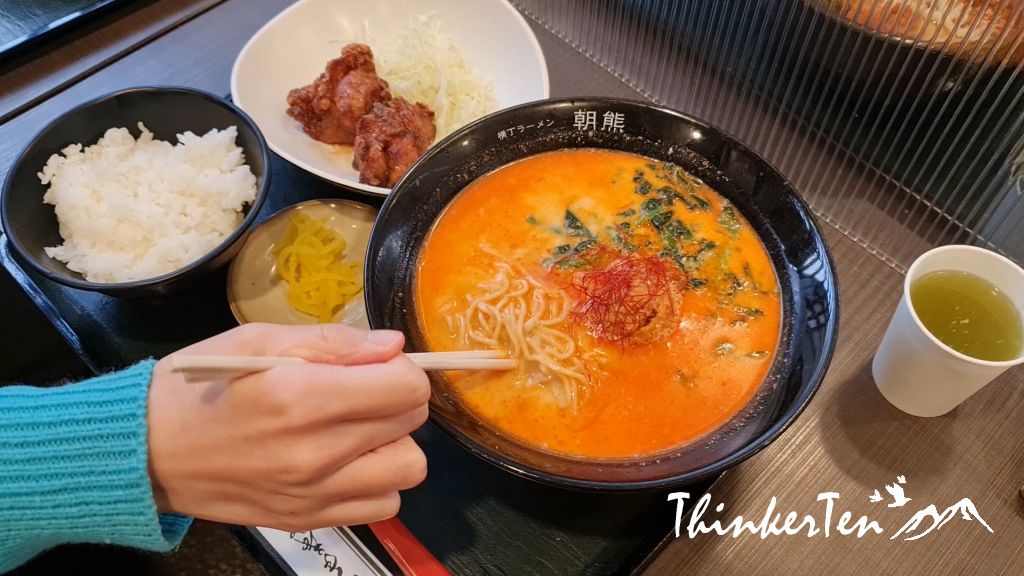
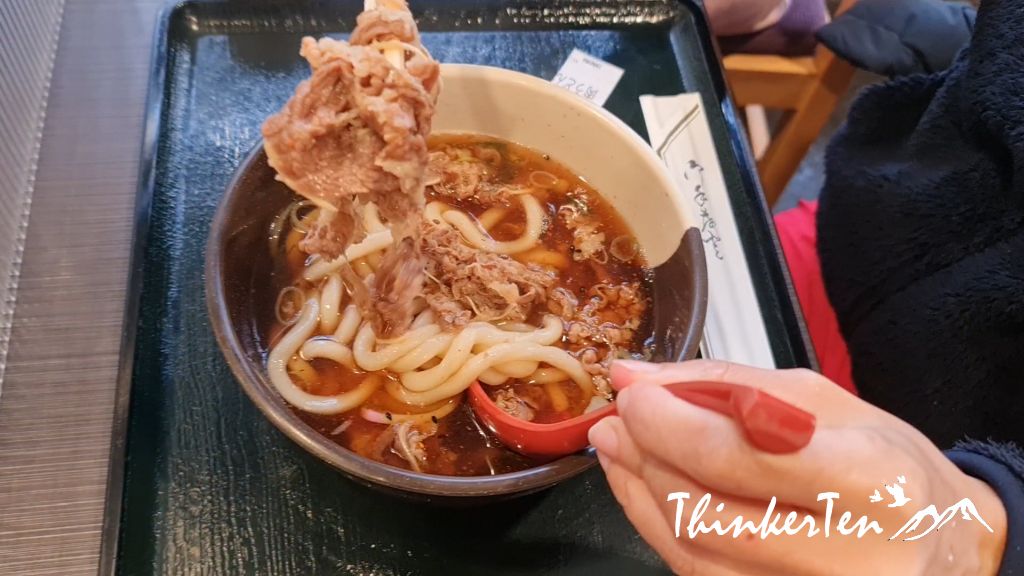
Let’s find out what we have for our lunch. Usually, customers need to go to the ticket machines to pay for what they wanted to order then pass the tickets to the counter and they will prepare your order. We had some ramen noodles with different flavors, one hot and spicy as you can see in the chili red soup broth. I ordered beef udon soup. After our lunch, we still go for more snacks. The food stalls here are of high quality and at a reasonable price. We always look forward to visiting the rest area on the highway when we are on the road in Japan, it is one of must-do things for us.
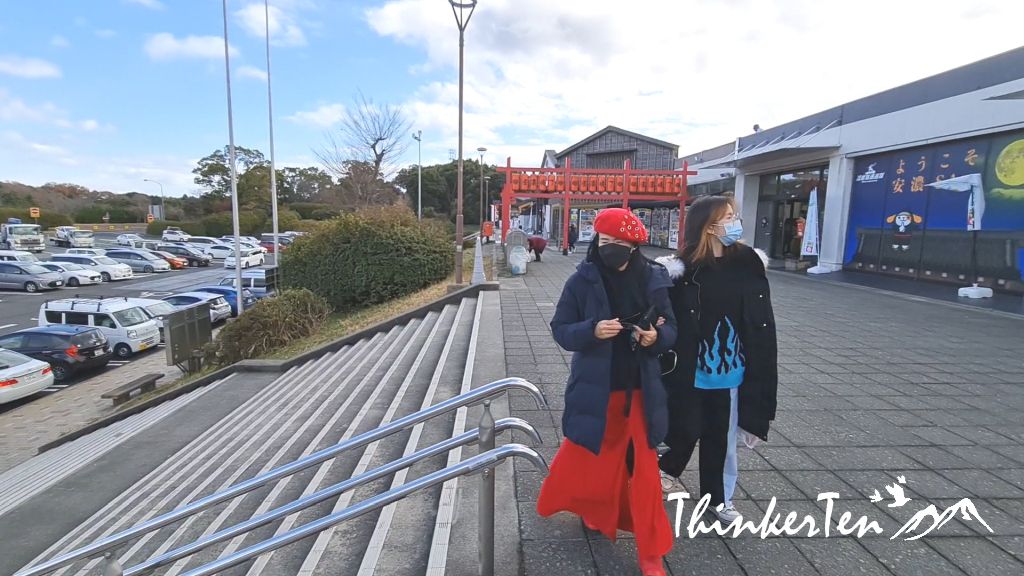
Another thing I love about the rest areas in Japan is the parking facilities as they are always easy to park in.
The shopping here sells souvenirs or Japanese called “omiyage” – usually food in nice boxes and fancy wrapping paper. Japanese has this “omiyage” culture where a gift/is usually food to give to family, friends, or coworkers after coming home from a trip. It is a serious business in Japan and you can’t go empty-handed to the office from a trip.
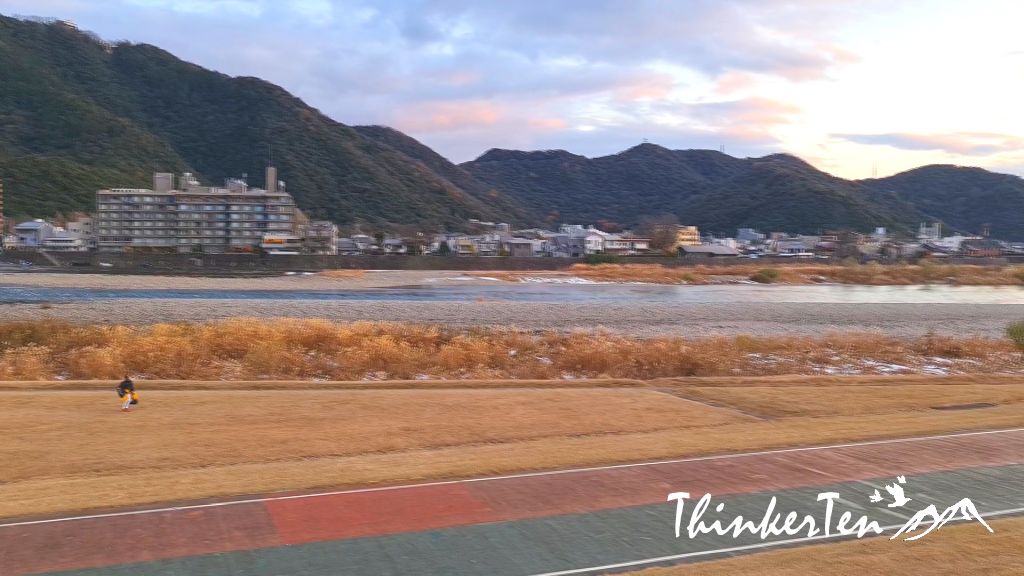
Where to stay in Gifu? Miyako Hotel Gifu Nagaragawa
We stay in Miyako Hotel Gifu Nagaragawa.
We reached Gifu at around 3-4 pm.
This is a charming hotel located in Gifu city. There is a nice walk along the river just right behind the hotel. The entrance of the parking is at the other building but was connected to the hotel.
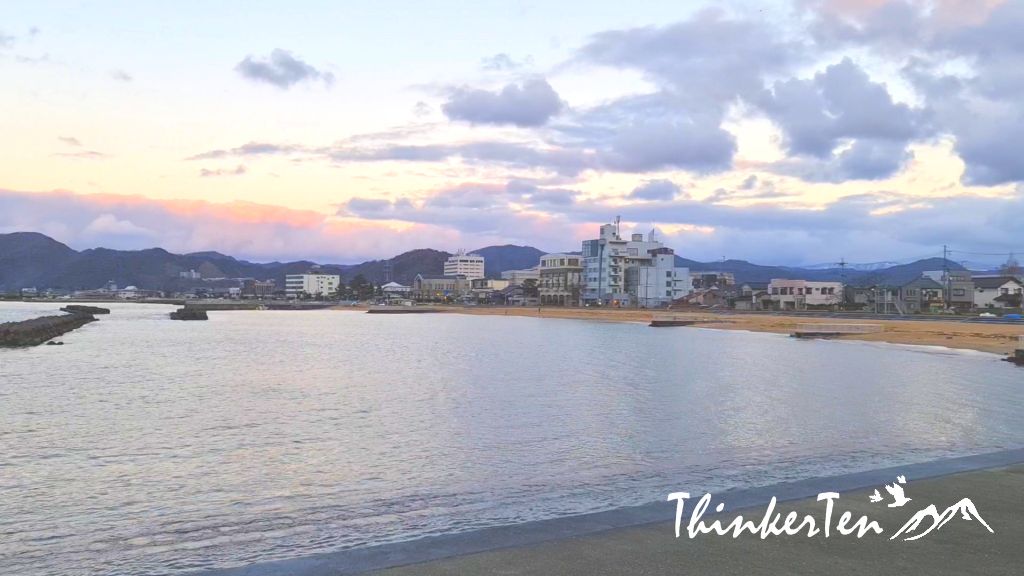
There is also bicycle renting if you wanted to use the facilities. Breakfast was in a buffet style with plenty of variety to choose from, both in Japanese and western styles of breakfast. I love how they have all the local breakfasts such as Japanese curry rice, natto, onsen tamago, tiny pieces of grilled fish, and many more to choose from.
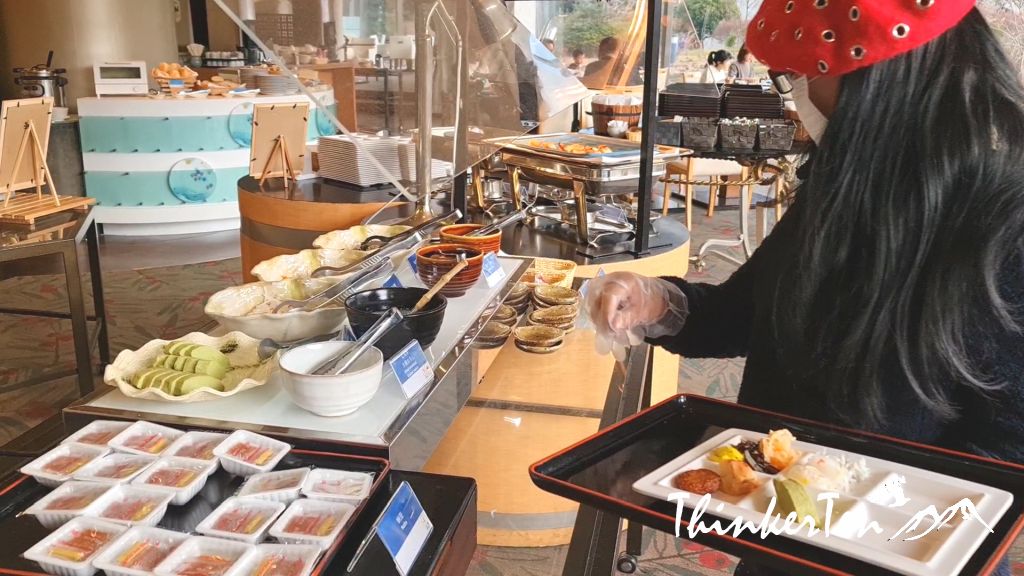
Dinner
At night we had our dinner nearby the hotel, we walked for 15 mins in the neighborhood and found a small yakiniku restaurant.
Japanese yakiniku is a popular style of Japanese barbecue that involves grilling bite-sized pieces of meat, vegetables, and other ingredients on a tabletop grill or griddle. The word “yakiniku” is derived from two Japanese words, “yaki” meaning grilled, and “niku” meaning meat.
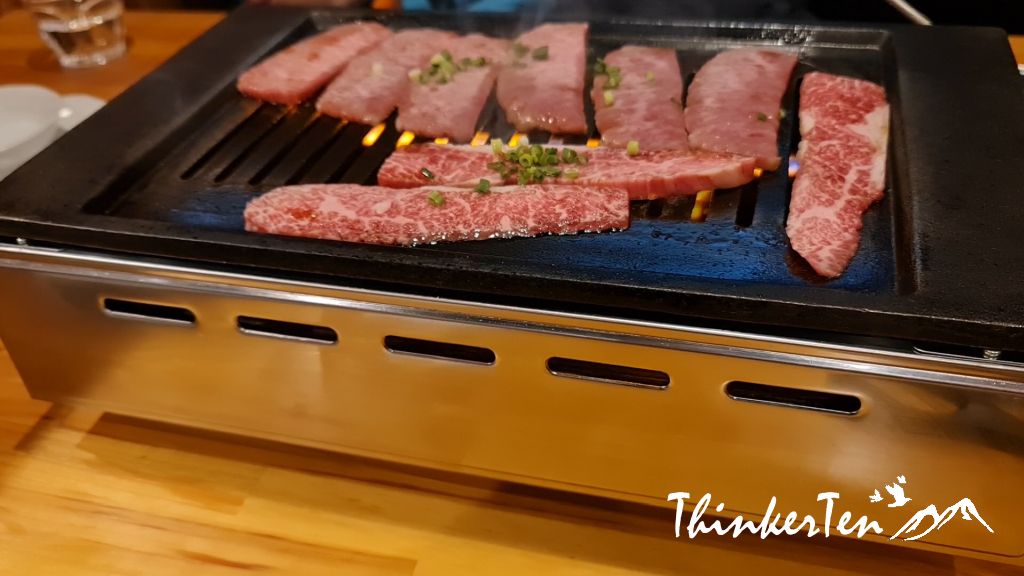
In a yakiniku restaurant, diners typically order various cuts of meat such as beef, pork, chicken, and seafood, as well as vegetables such as mushrooms, onions, and peppers. The ingredients are usually seasoned with a variety of sauces and marinades, and then grilled to the diner’s preferred level of doneness.
Yakiniku is often served with a side of rice and various side dishes such as kimchi, pickled vegetables, and salads. Some yakiniku restaurants also offer all-you-can-eat courses, where diners can order unlimited amounts of meat and vegetables for a set price. Over here there are no buffet courses, so we ordered some beef from the menu, mainly wagyu beef.
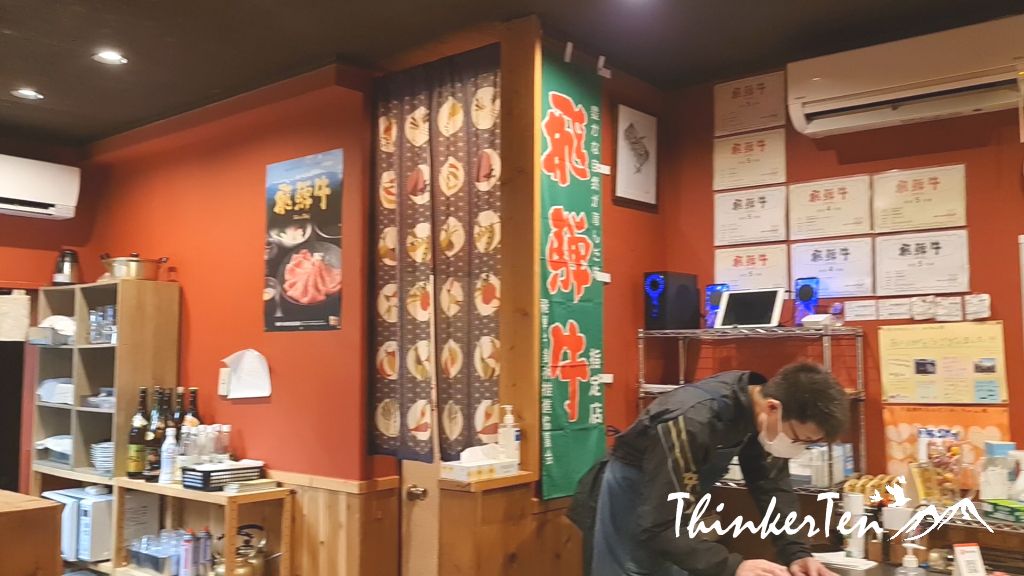
Hida beef, also known as Hidagyu comes from Japanese Black cattle raised in the Gifu prefecture, located in central Japan. It is known for its high level of marbling, which gives the beef a tender, juicy, and flavorful taste. Gifu beef is considered one of the top brands of wagyu beef in Japan, alongside other famous brands such as Kobe beef and Matsusaka beef. The cattle are raised in a carefully controlled environment, where they are fed a special diet and given regular massages to maintain their health and encourage the growth of marbling in the meat.
The beef is graded by the Japan Meat Grading Association based on its marbling, color, texture, and fat quality, with the highest grade being A5. Gifu beef is known for its A5-grade beef, which has the highest level of marbling and is considered the most tender and flavorful.
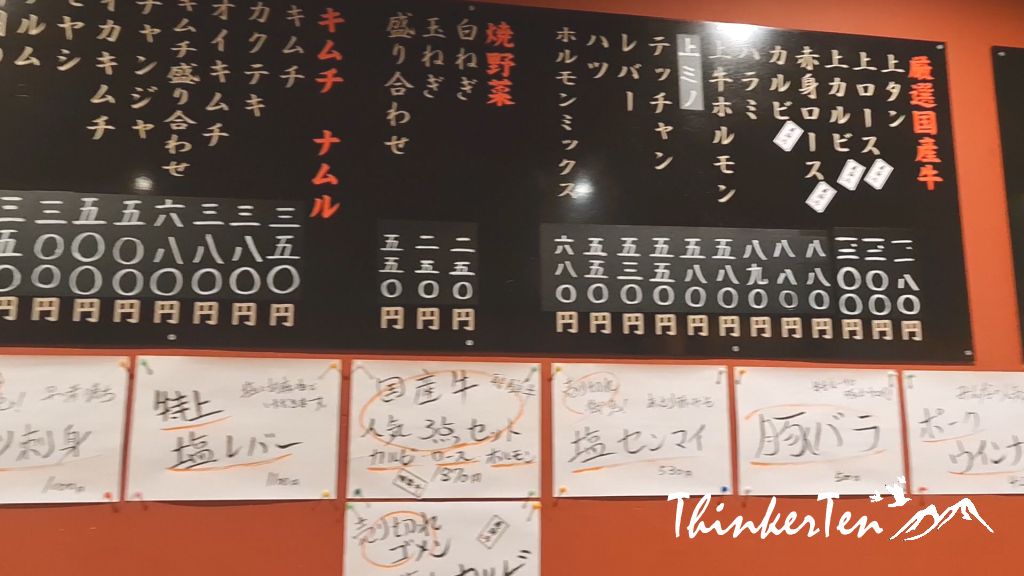
We ordered 3 portions of wagyu beef from different portions of the cattle. It was super delicious as this marbling gives the beef a smooth, silky texture that melts in your mouth, and also contributes to its umami flavor. When grilled the high-fat content can create tasted crispy, caramelized crust on the outside, while the inside remains juicy and tender.
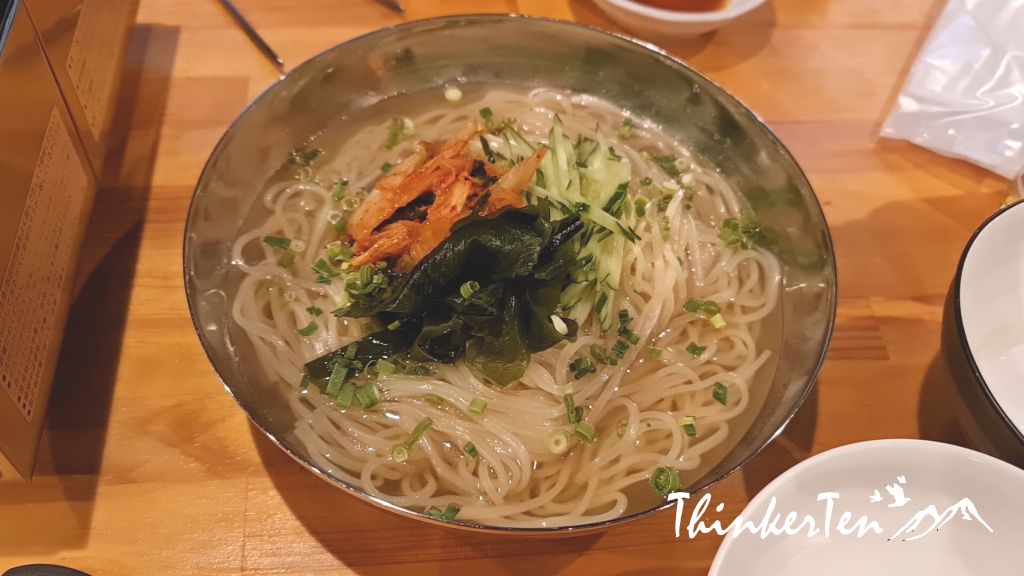
It was a super yummy dinner and glad that we tasted Gifu wagyu beef. The total bill only cost slightly over 6000 yen (USD60) with 3 portions of beef and 1 portion of vegetable, 2 bowls of rice, some pickles, and cold noodles.
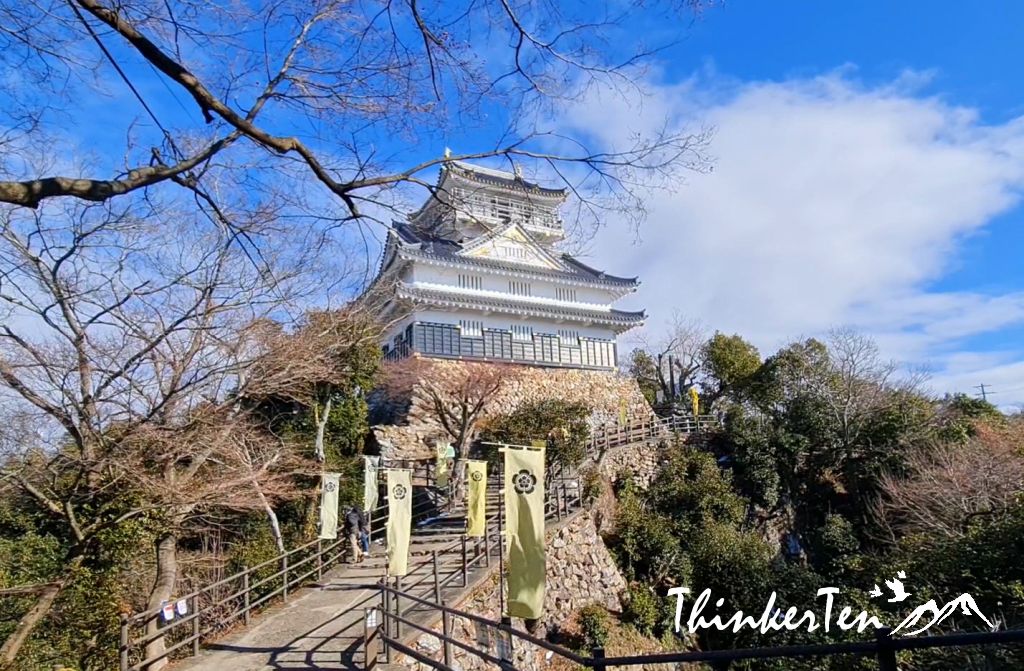
Gifu Castle on Day 7
One of the top attractions to visit in Gifu is the Gifu Castle. It was originally built in the late 16th century by the warlord Saito Dosan, but was later taken over by the famous Japanese warrior Oda Nobunaga.
The castle is situated on top of Mount Kinka, overlooking the city and the Nagara River. It was strategically located to provide a strong defensive position for the rulers of the region, as well as a commanding view of the surrounding area. You can see the castle on the highway before entering Gifu city since the castle was built on a highland.
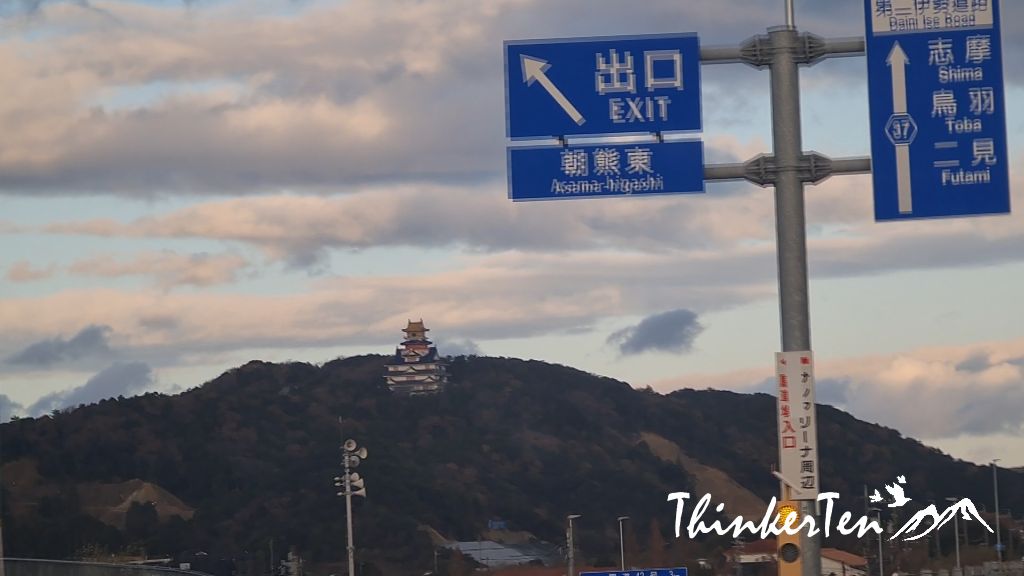
There is a huge carpark in front of Gifu Park, you can park your car there. The ropeway departs from the base of the mountain and takes visitors up to the castle in about five minutes. The ride offers beautiful views of the city and the surrounding mountains. Once you reach the top, there is a short walk up to the castle.
If you choose to enter the Gifu Castle, it has several floors and you can see displays of the ancient weapons, armor, and other artifacts used from the castle’s past.
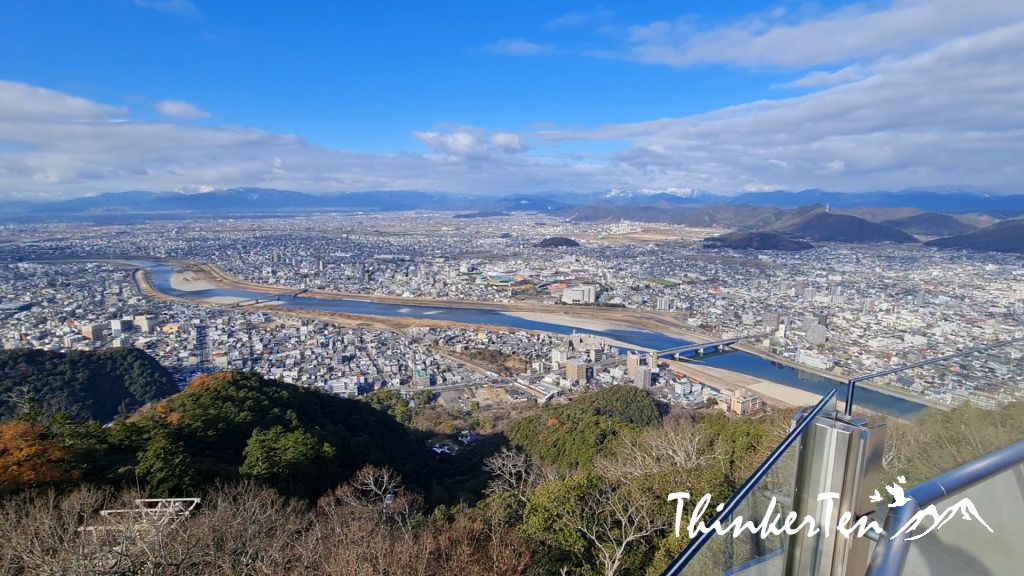
There is also a viewpoint where you can enjoy panoramic views of the whole city of Gifu.
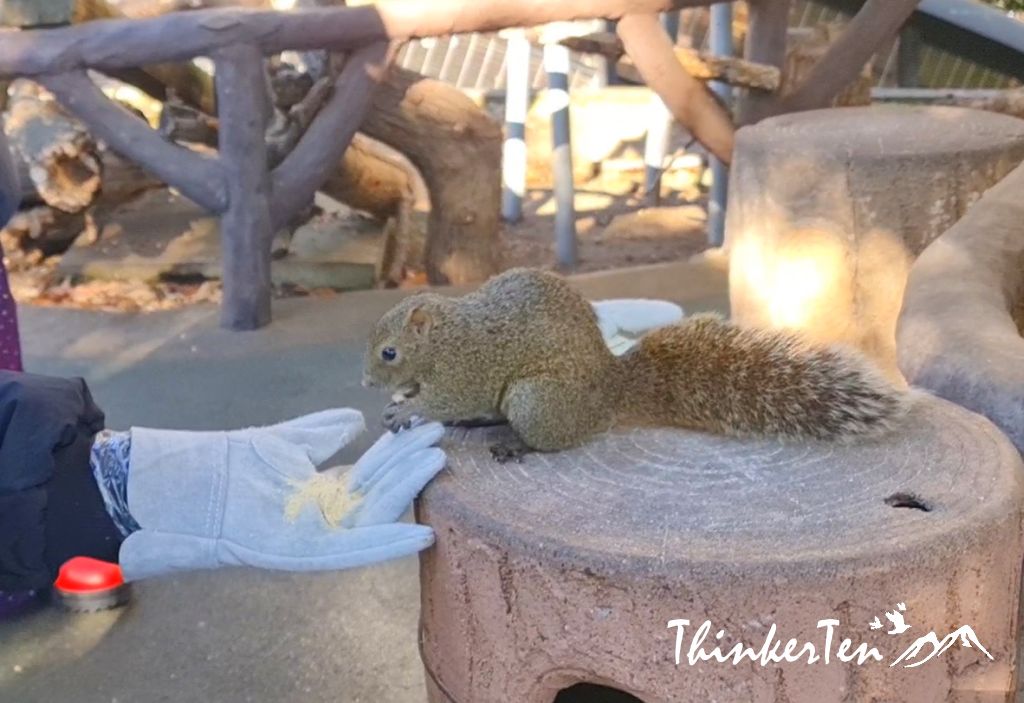
You find a squirrel park located near Gifu Castle, right after you come out from the ropeway. The park is called “Kinkazan Squirrel Village”. In the park, visitors were given squirrel food once they purchased their ticket. Visitors also need to wear plastic and cloth gloves to feed the squirrels by hand. The squirrels are quite used to human interaction, so they are generally not afraid to come close to people, especially when they see food on their hand.
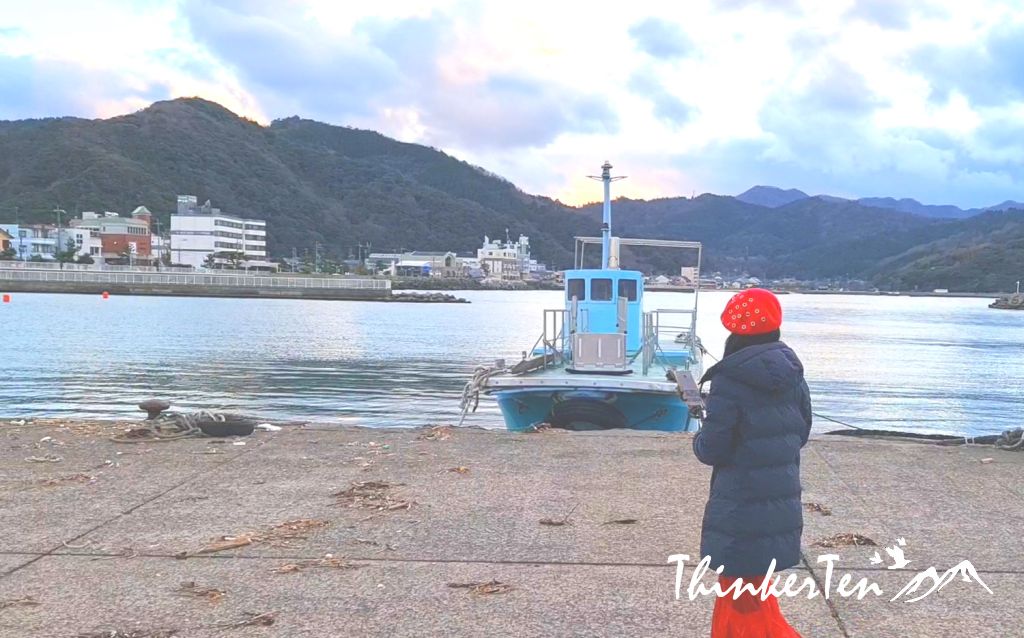
Obama City
After visiting the castle, we drive to the next city called Obama. We wanted to visit Obama simply because the name Obama sounds exactly like the US ex-president Obama. It is a very small city located in the Fukui Prefecture. It is situated on the coast of the Sea of Japan.
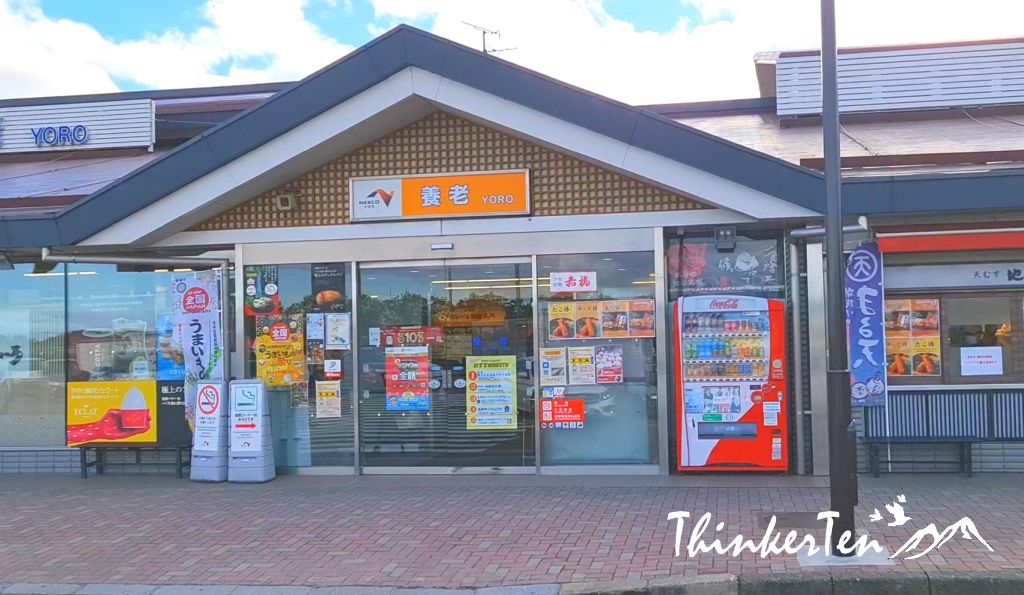
Our lunch was on the highway rest area again. We ordered some noodles and snacks for our lunch, again go to the ticketing machines to order what we want, and then pass the tickets to the counter where they will prepare our meals.
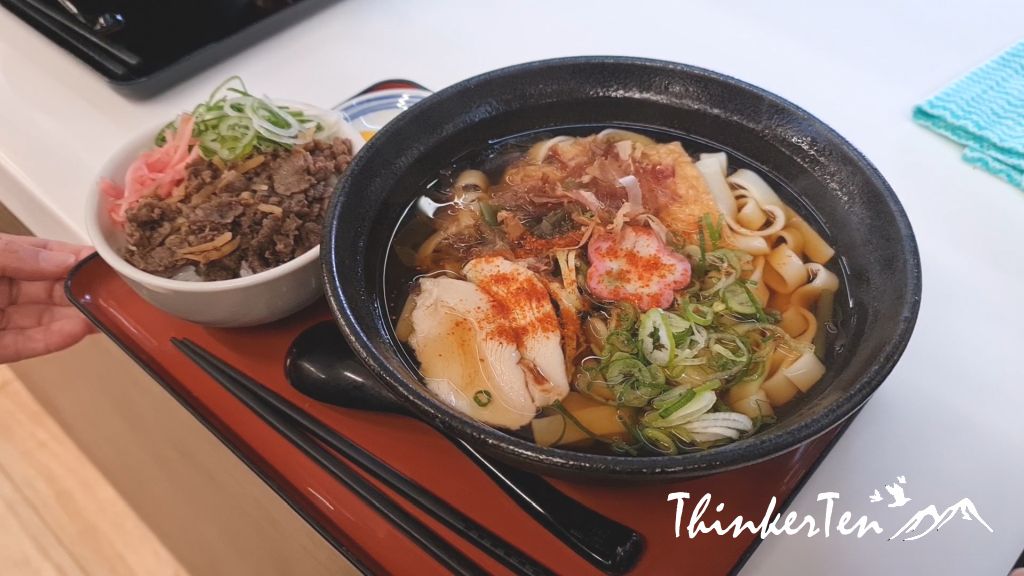
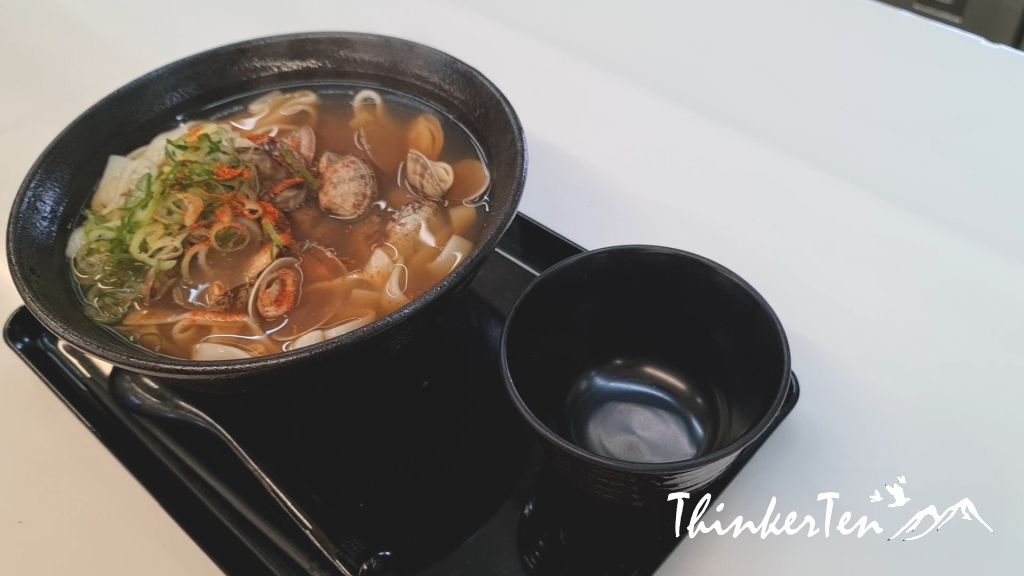
We didn’t choose to stay in Obama city because there is any decent hotels, the population is only about 28,000 people so you imagine how small the city is. We went to check out this rustic old town, can’t really see many people walking in the city. We strolled in the beaches for a while but it was too cold from the sea breeze so we had to rush back to the car and move to our hotel called Uminpia.
Uminpia Hotel is about half an hour drive from Obama.

Where to stay? Uminpia Hotel
The hotel looks pretty new and easy to locate, nearby there are supermarkets and some cafes where you can just walk over. There is an onsen bath facility where we were given free tickets to enter the onsen. The onsen bath is also open to the public and the ticket to enter the onsen is 800 yen (USD 8) if you don’t stay in the hotel.
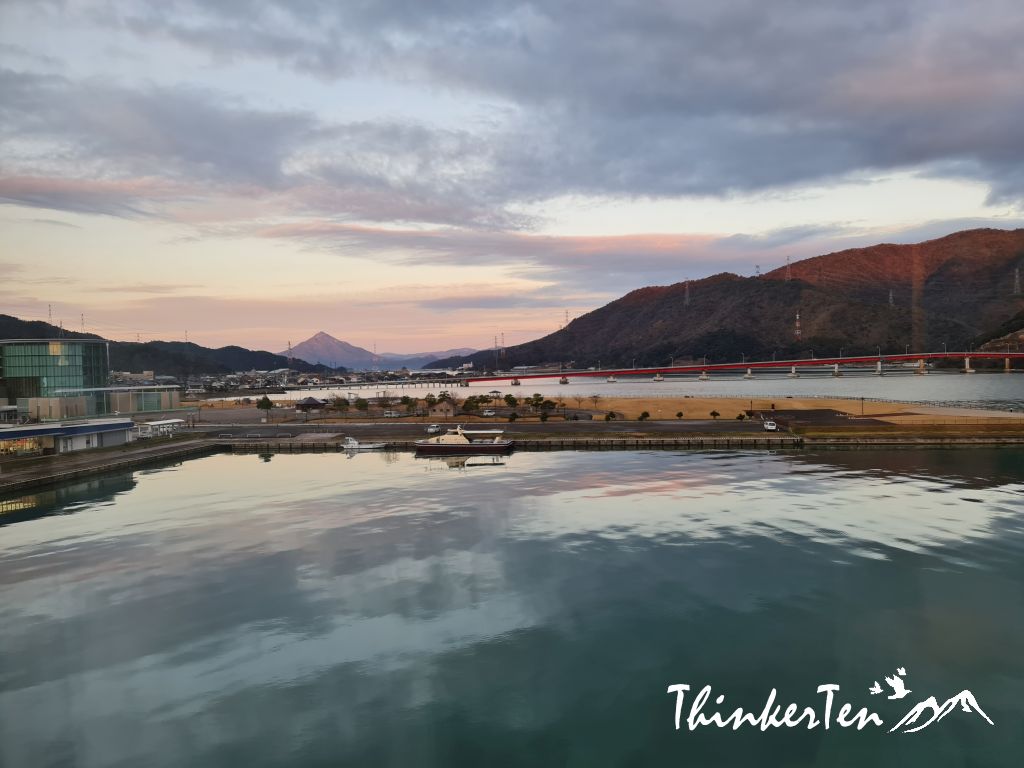
The room is very spacious and it has two beds and a tatami area with a small table. We bought our bento and snacks from the nearby supermarket for our dinner.
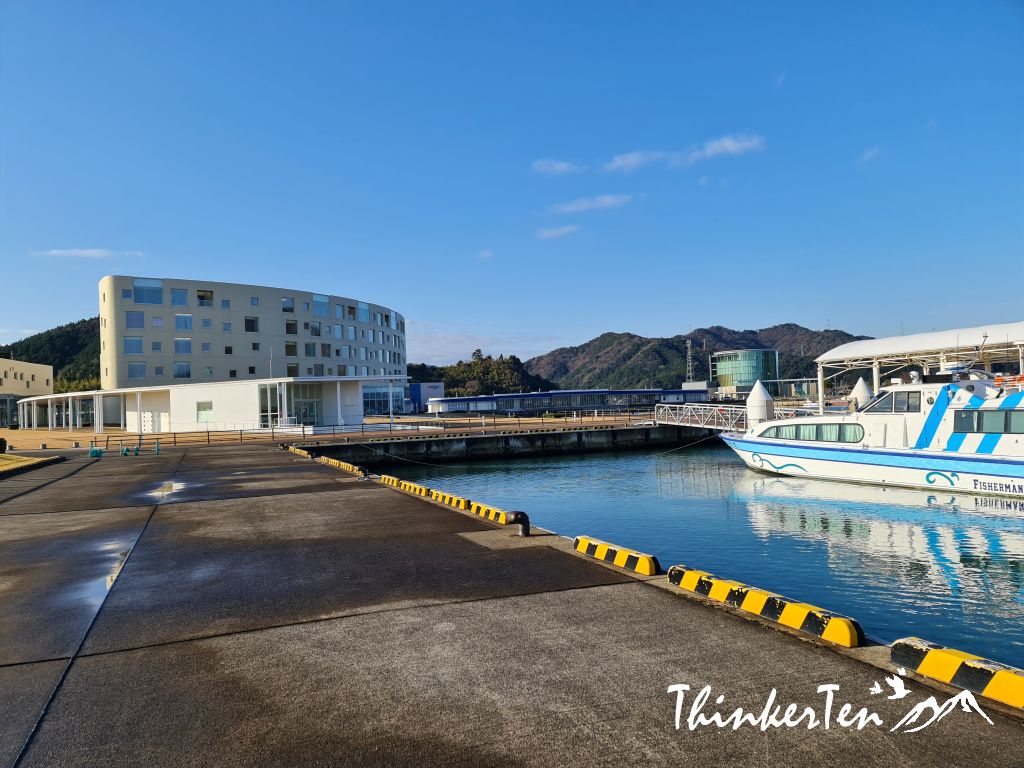
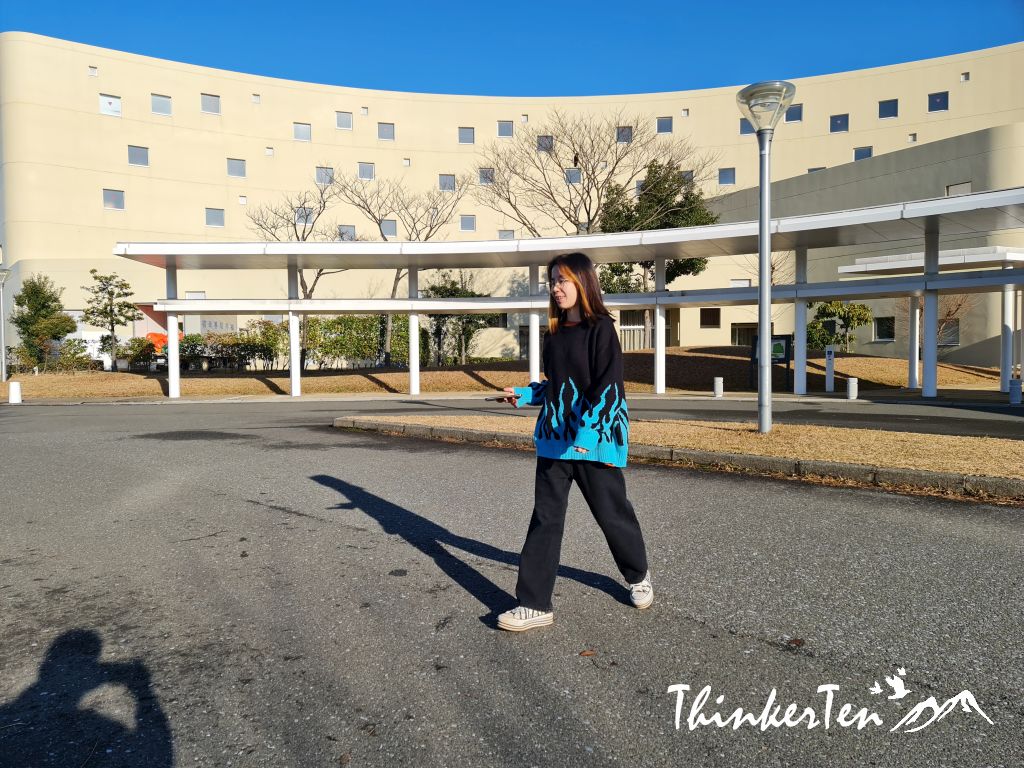
I love to explore Japanese supermarkets simply because they have high-quality, fresh seafood. You can find a variety of seafood including sushi-grade fish, crab, squid, and more.
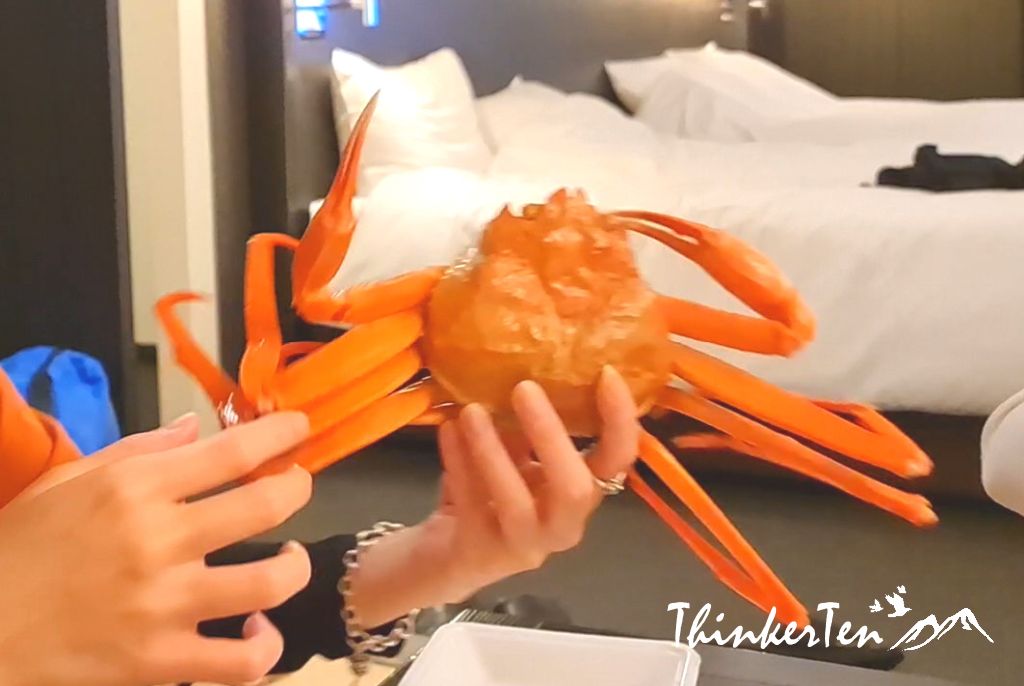
We had a long-leg crab and since it is already cooked so we can just eat it like that.
Many Japanese supermarkets have a section for prepared foods, including sushi, bento boxes, and other pre-made dishes.
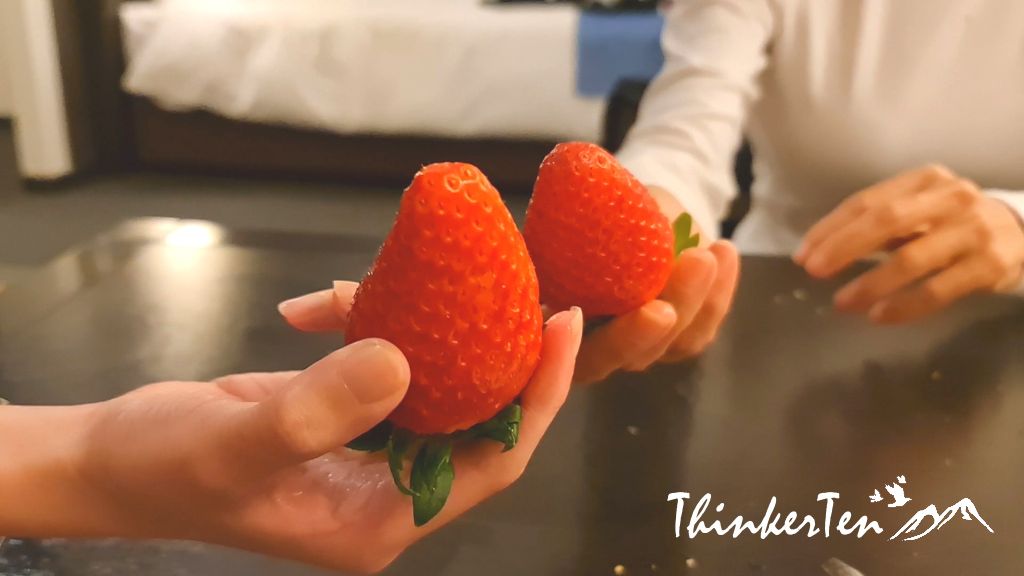
We also bought some fresh fruit such as Japanese grapes and strawberries that are in season.
Snacks are another section that we would spend hours looking at and choosing especially the Japanese dessert and sweets like mochi and dango.
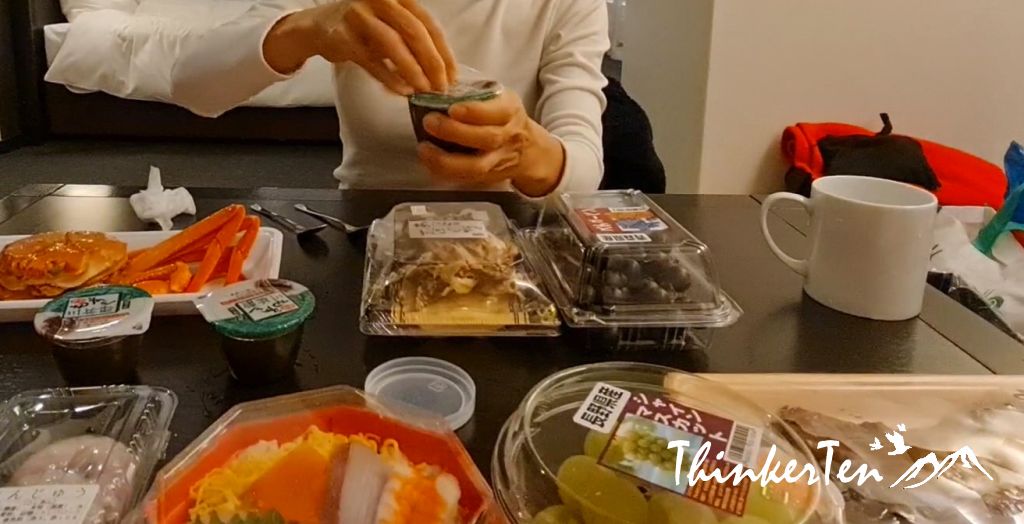
If you travel to Japan, please do try the Japanese strawberries, they are known for their high quality, sweet flavor, and delicate texture. It is so so smooth the moment you bite it. Japanese strawberries are often sold at a premium price due to their high quality and the care that goes into their cultivation. So they aren’t cheap at all, a small box can cost about 10 dollars. They are typically in season from January to May.
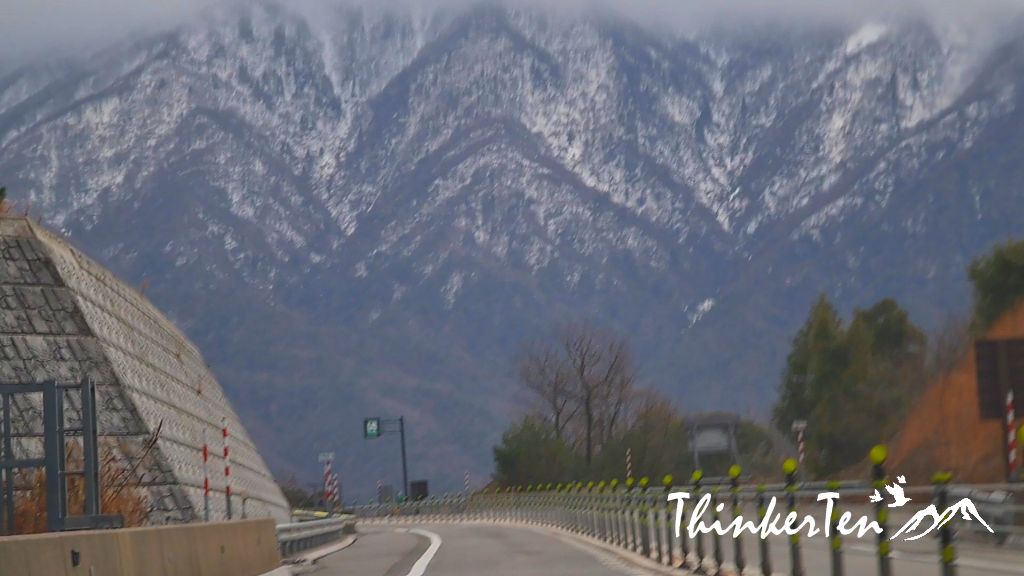
Final thoughts:
With a rented car we are able to explore the outskirt area in Japan such as Toba, Gifu, and Obama city. There are many advantages of staying in Japan’s countryside. You can feel and appreciate the beauty of nature firsthand, usually, the countryside is surrounded by tall mountains, green valleys, deep forests, and rivers. If you love nature like me you would love it. The countryside scenery is always so beautiful and relaxing. Less pollution and noise, quiet and serene.
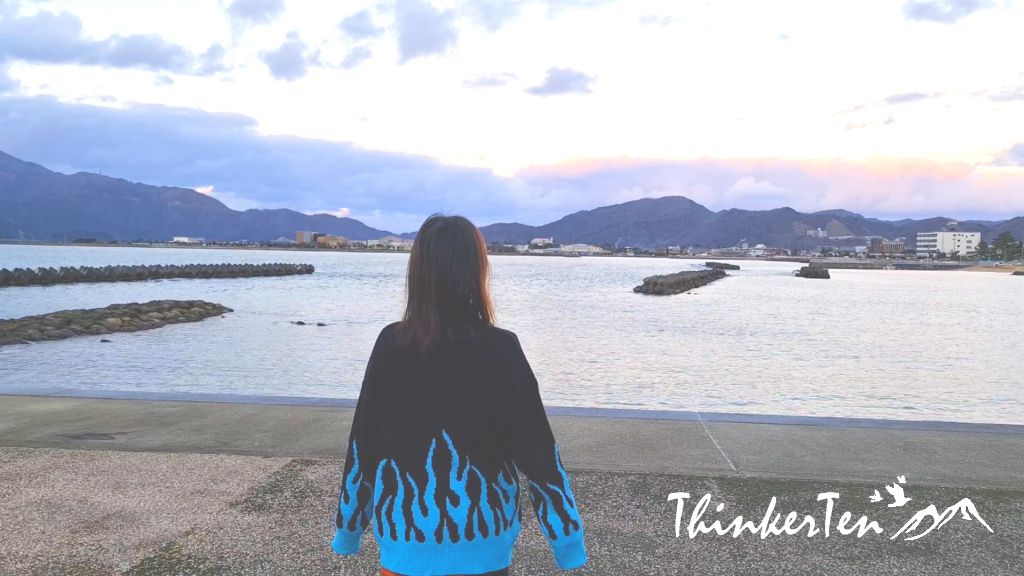
Most importantly the things are cheap such as accommodation and food in the restaurants.
Japan’s countryside can offer you unique and memorable experiences. You can expect quiet surroundings that allow you to feel serenity, peace, and relaxation. These include hidden gems like shrines, temples, and my favorite, ryokans.
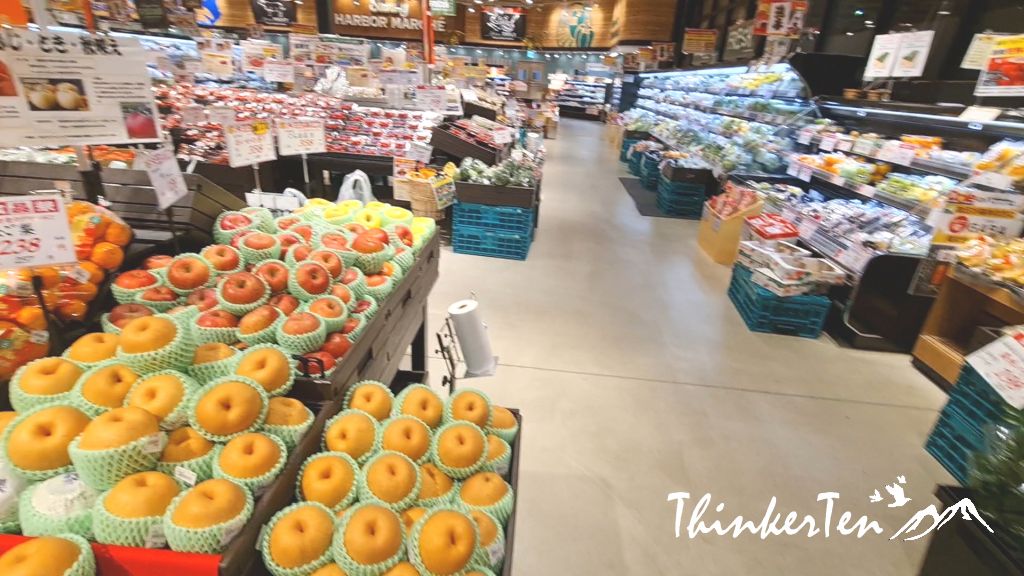
For example, the price of the accommodation is so much lower as compared to the city but with a very spacious room. The hotel usually offers free parking and a free onsen bath
Locals who live near the countryside may not be very fluent in English but with the phone translator, there is no problem at all in communication. You can truly immerse yourself in Japanese culture and see how the local people live their daily life.

